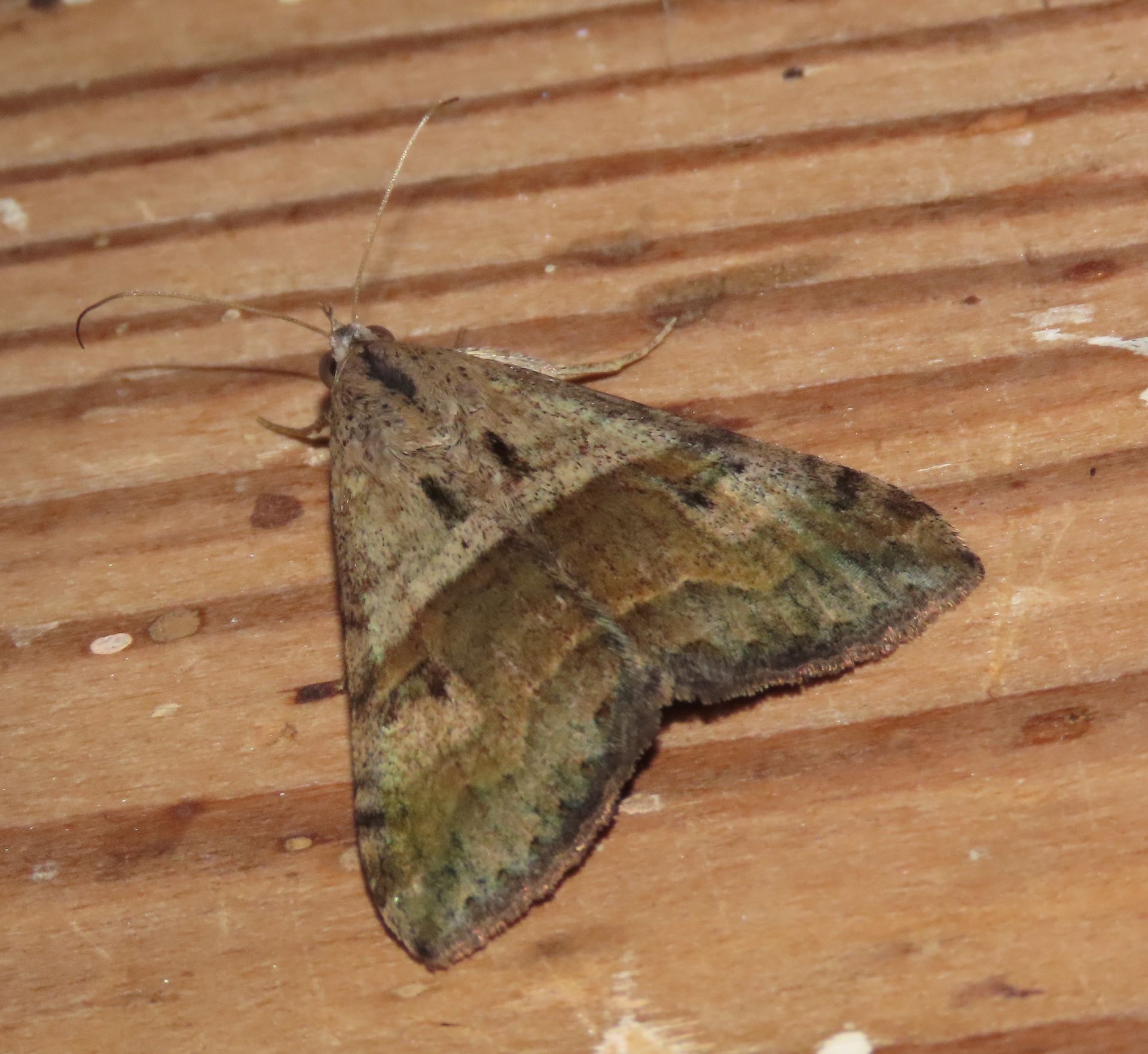

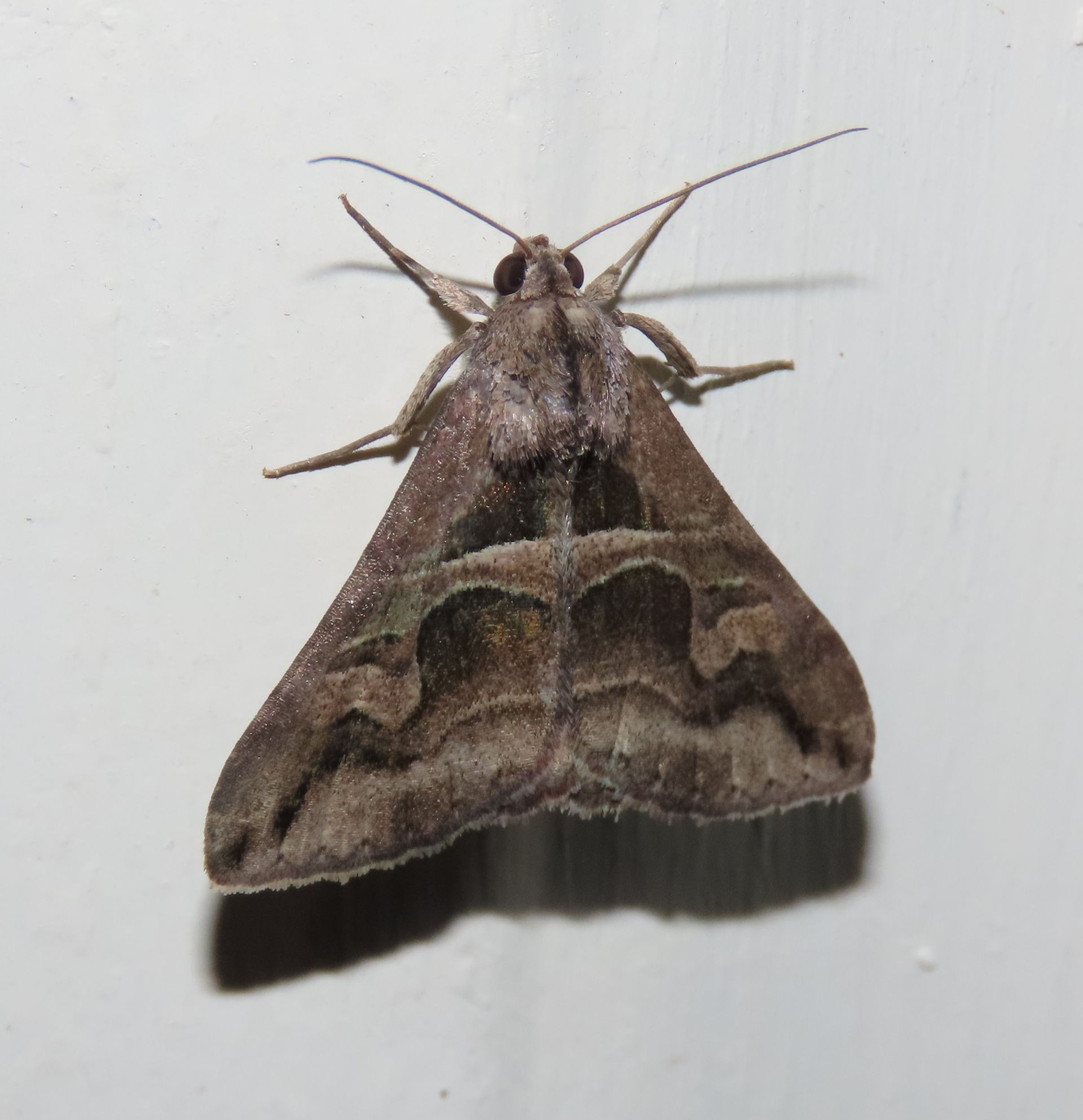
Cellar Graphic (Melipotis cellaris)
Both sexes are easily identified by the black triangles near the shoulders, prominent in males (right and center) and reduced in females (left). Recorded year-round.
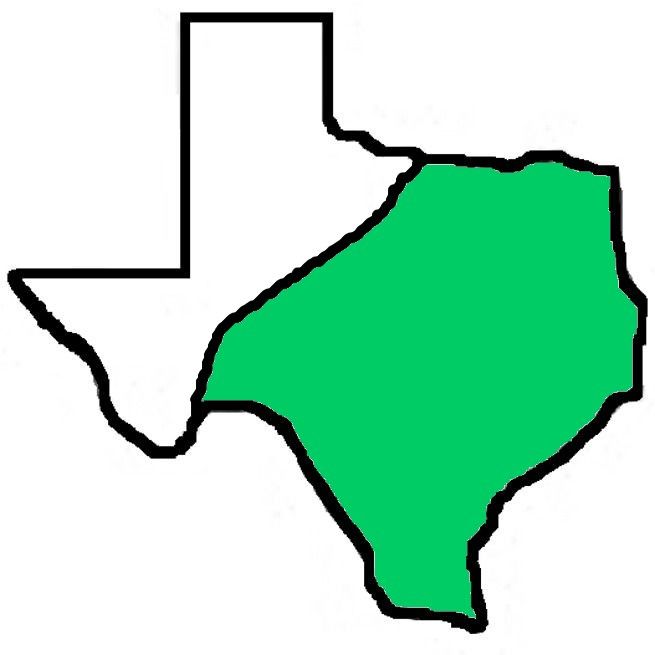
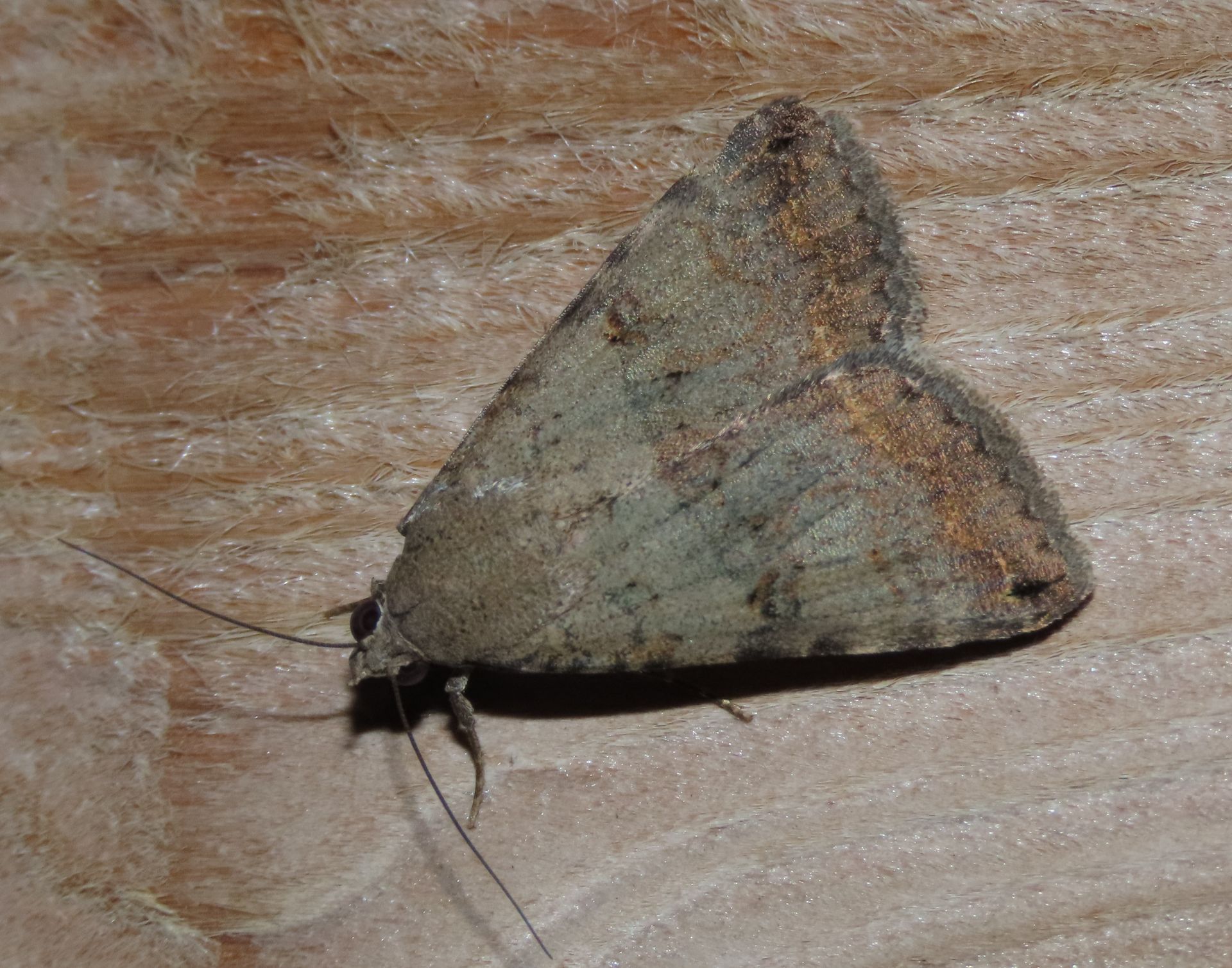
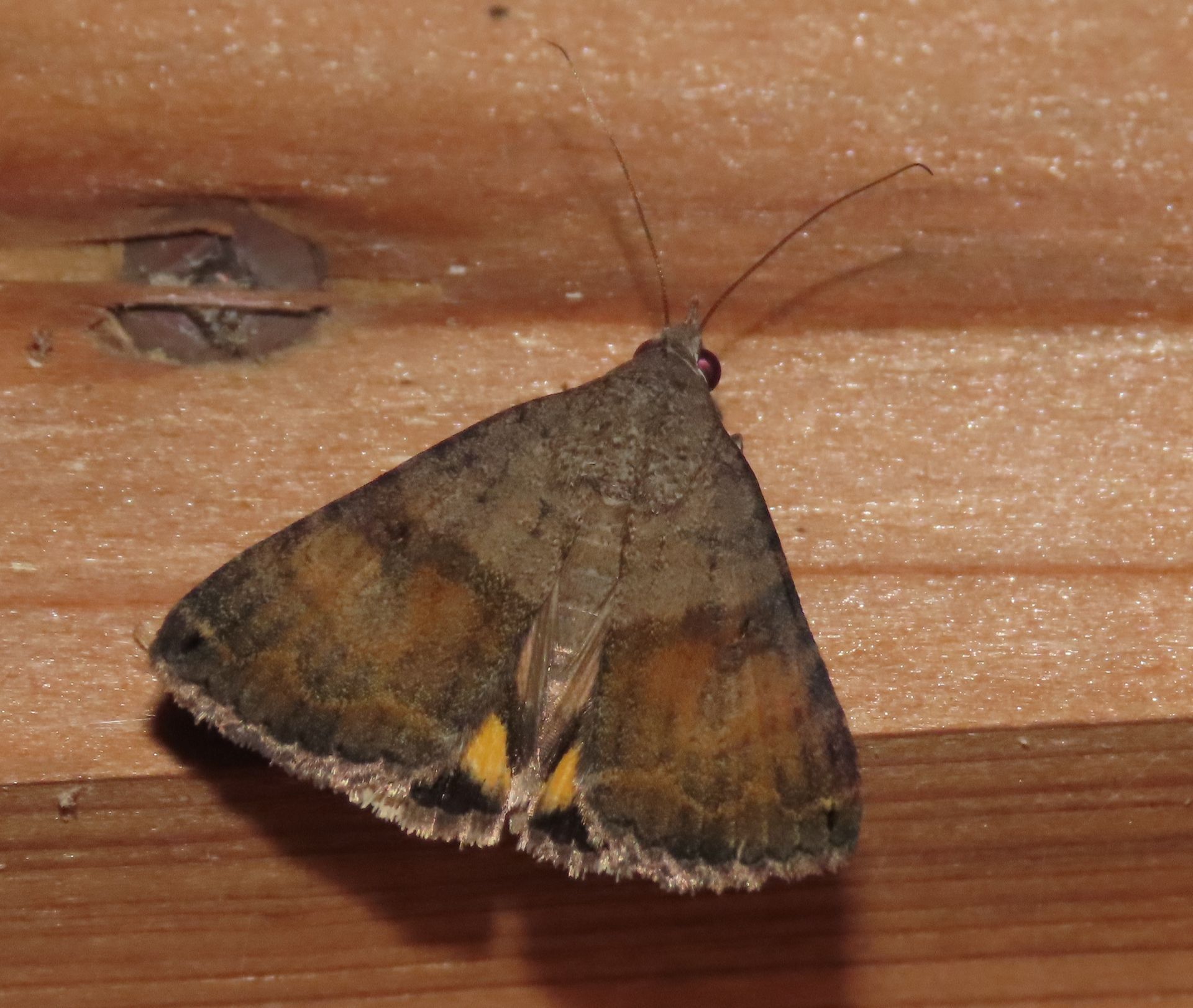
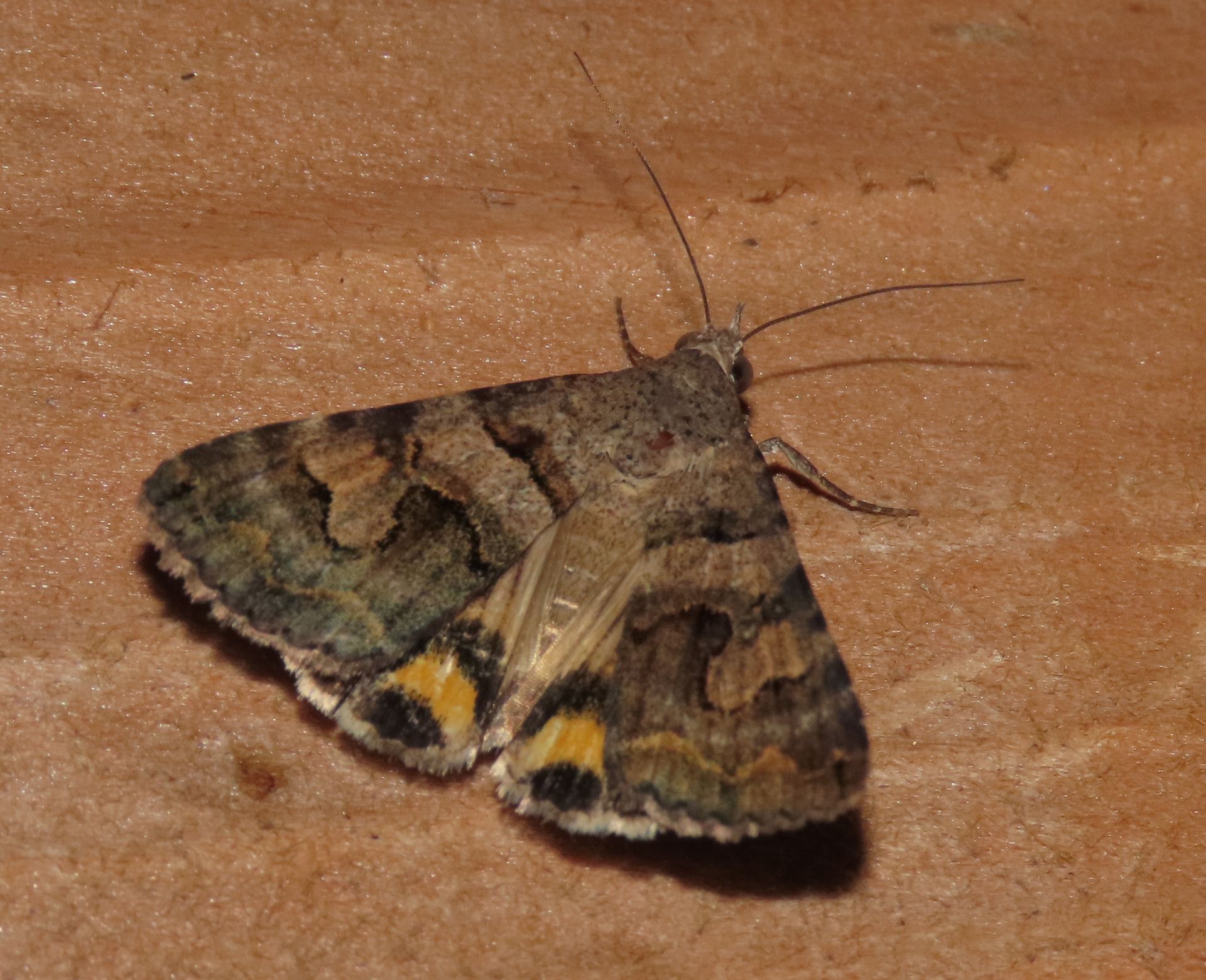
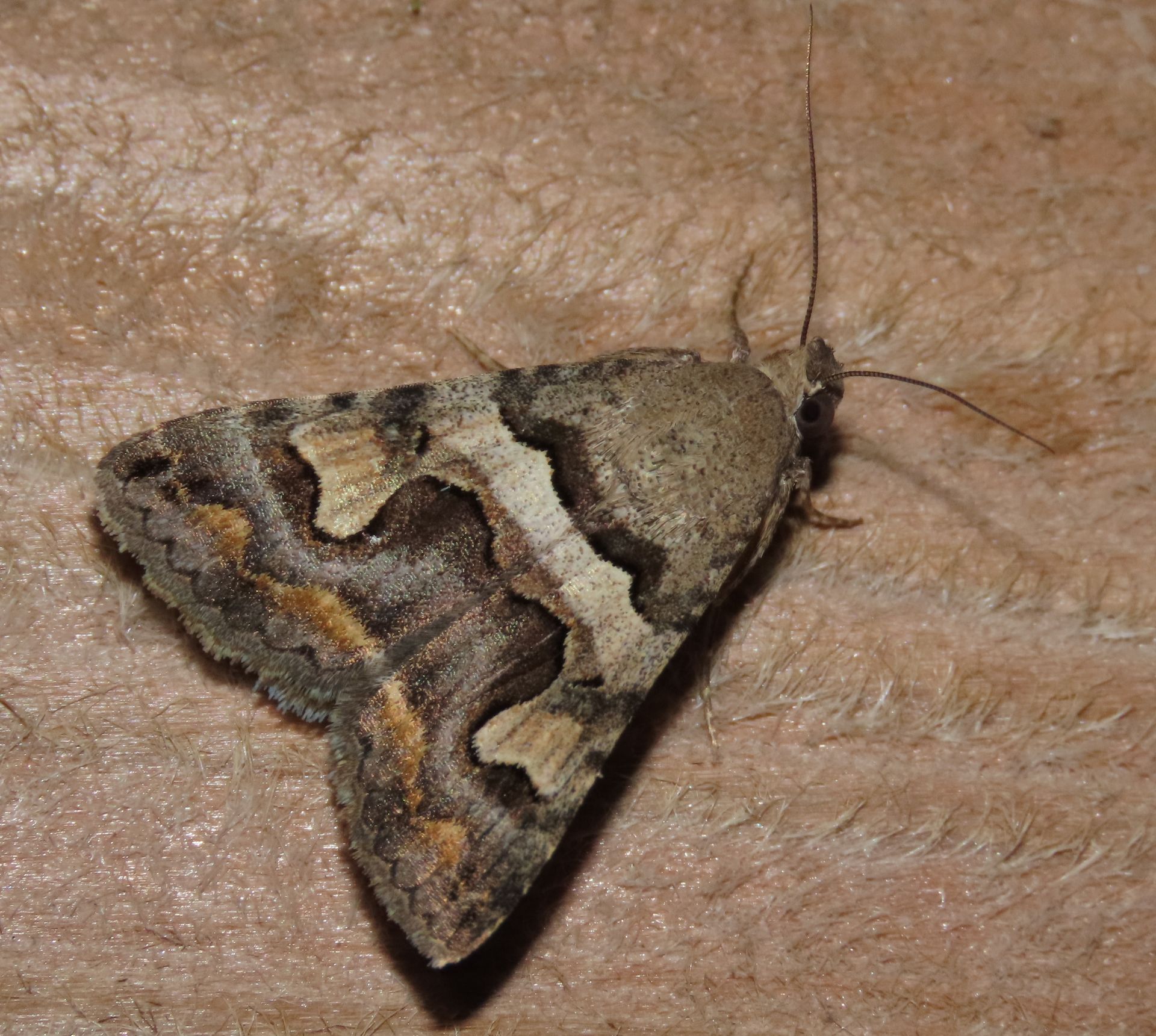
Deduced Graphic (Bulia deducta)
The stunning male (right) has a pale, horizontal median band bordered by black above, with the reniform spots forming "frog's feet". Females (left) are very plain with an orangeish ST line and black spot the apex of the forewing; some females have rusty PM areas. The "eyed" hindwings help separate it from other graphics. Often seen at flowers during the day. Recorded April - December.

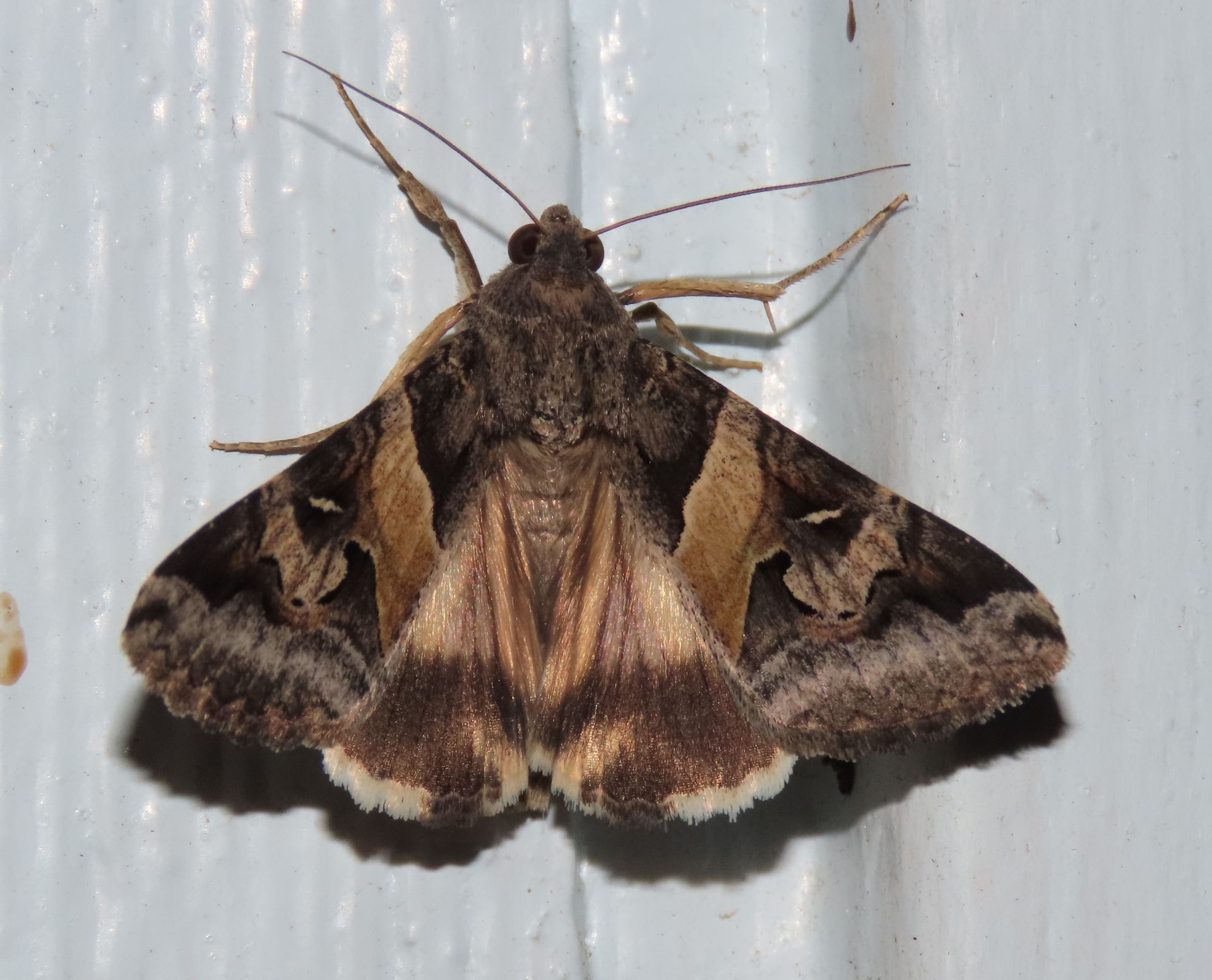
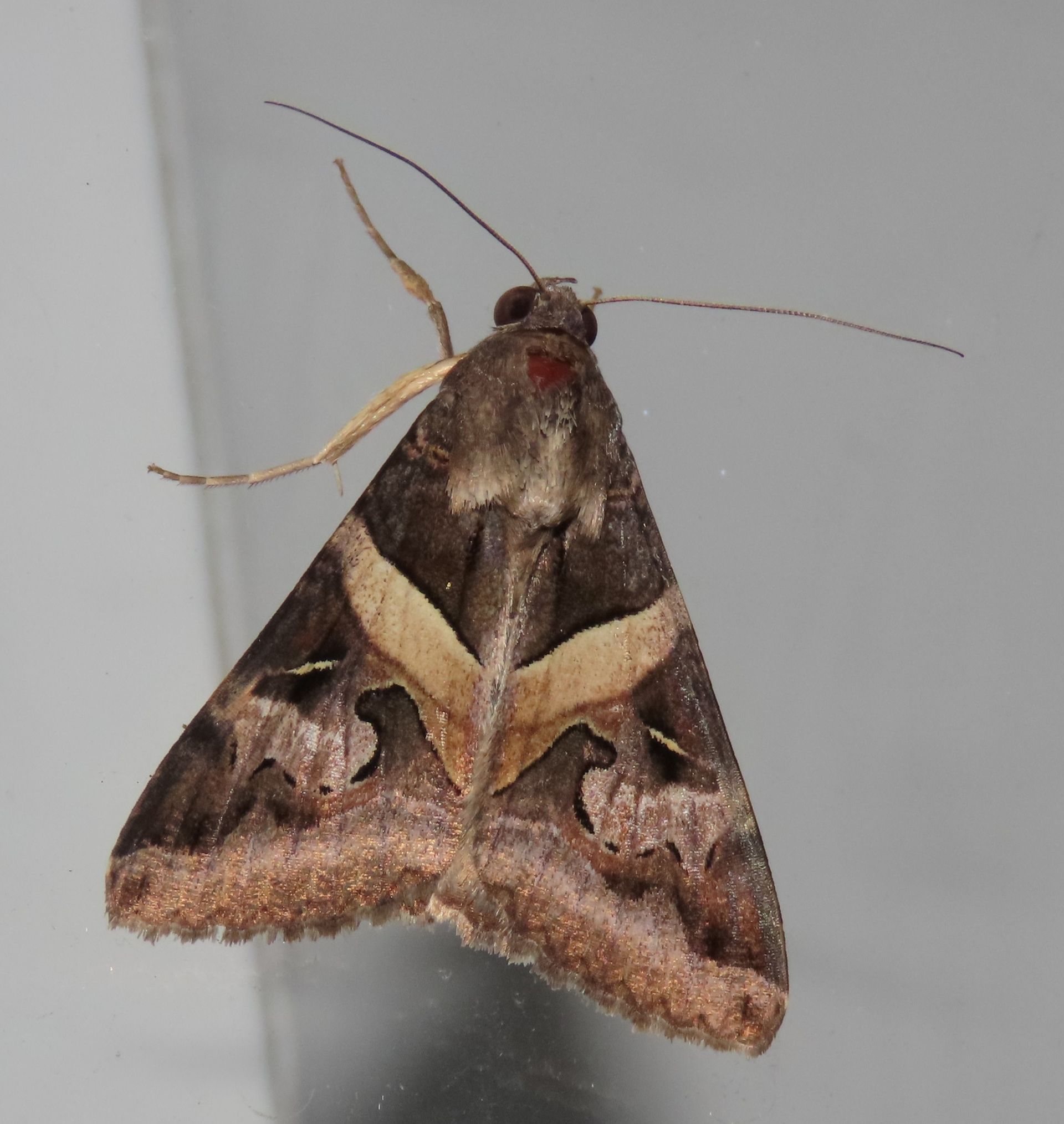
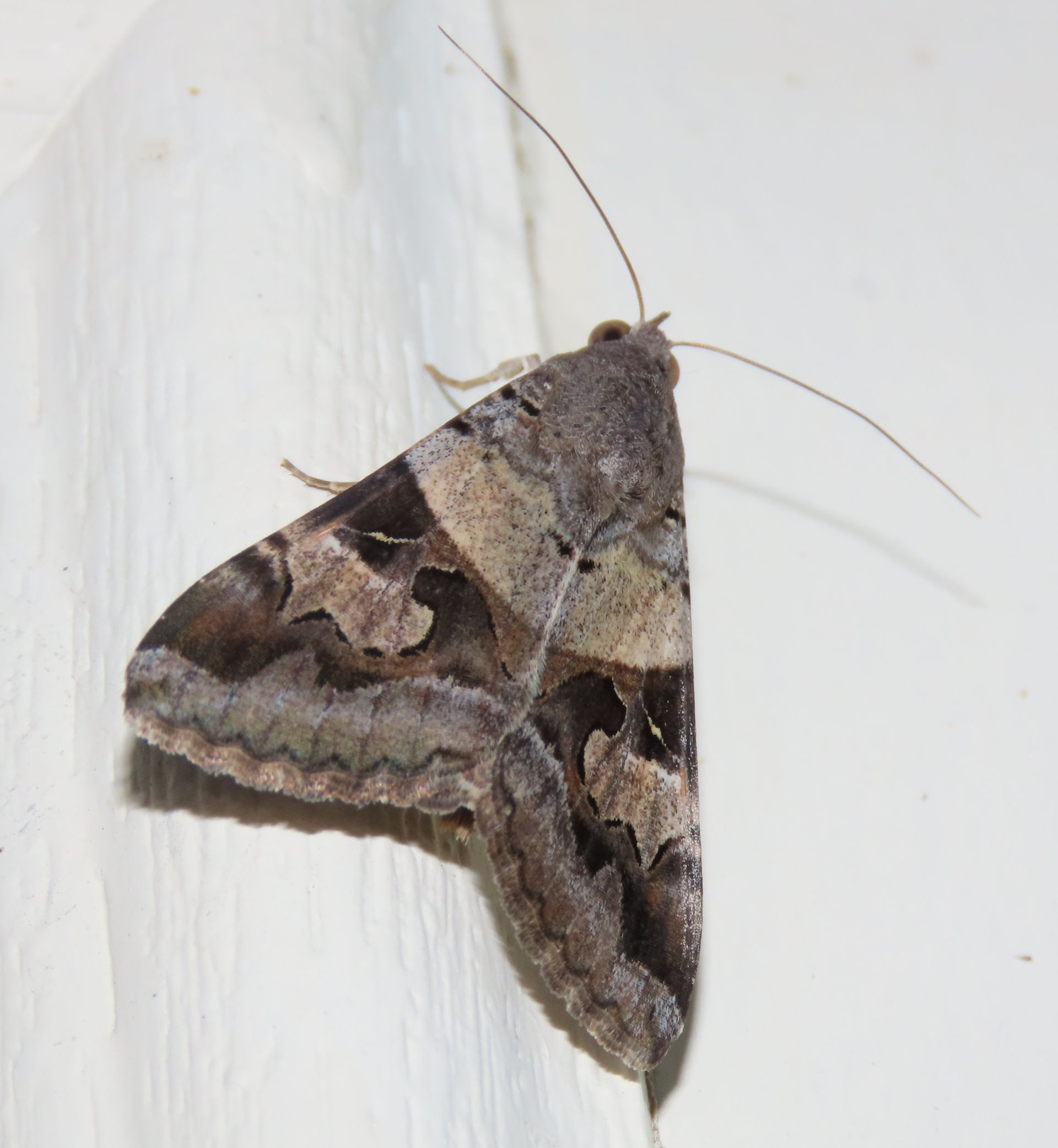
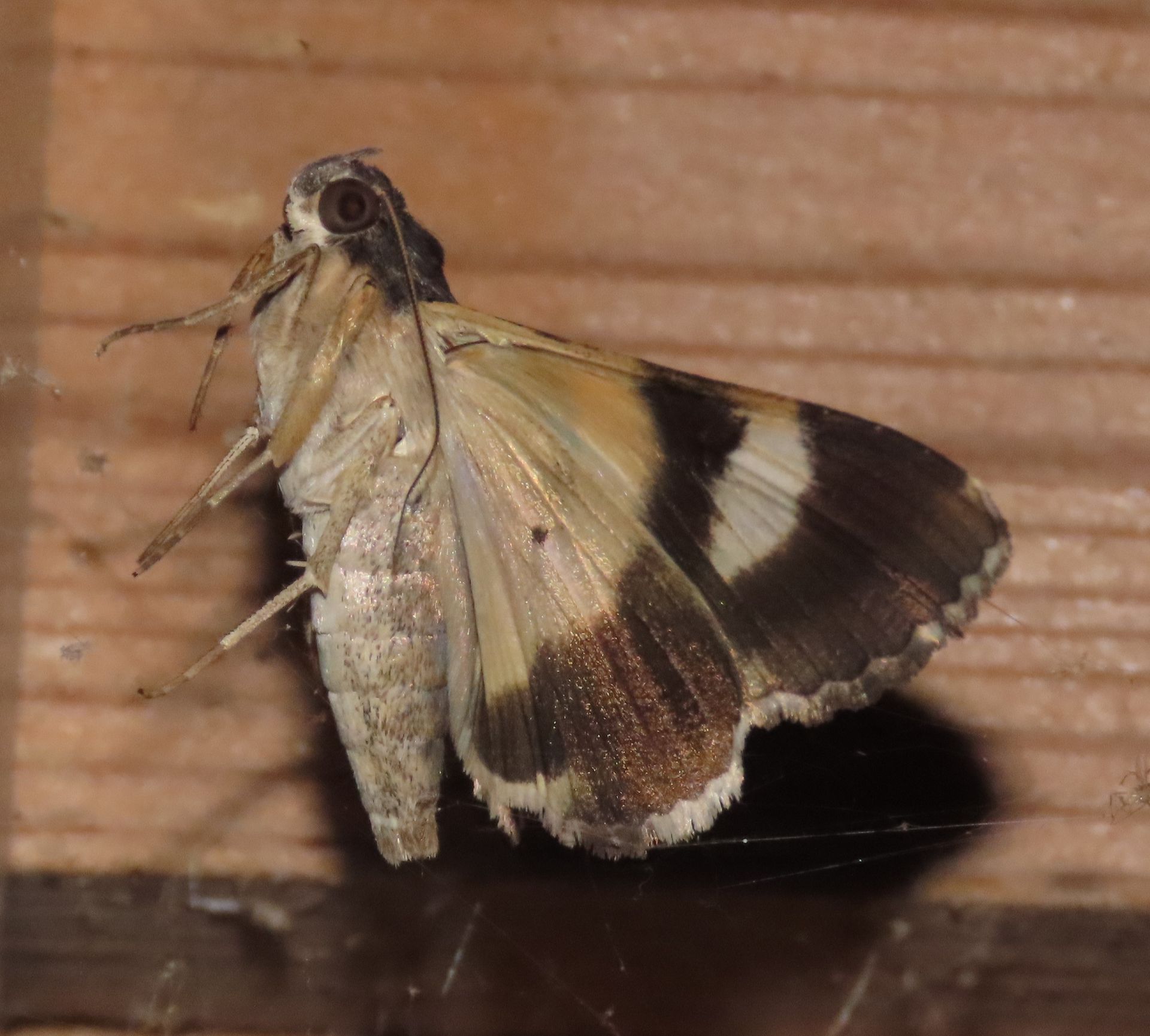
Indomitable Graphic (Melipotis indomita)
Males have a bold, pale "V" on the back, while females have a contrasting pale basal area. Both sexes have large, toothed white spots on the forewing, and a "manatee-shaped" wedge next to the white spot. The nearly identical Perpendicular Graphic (Melipotis perpendicularis) lacks the "tooth" in the white spot, and the wedge looks more like a gorilla head! Often seen at flowers during the day. Recorded year round.

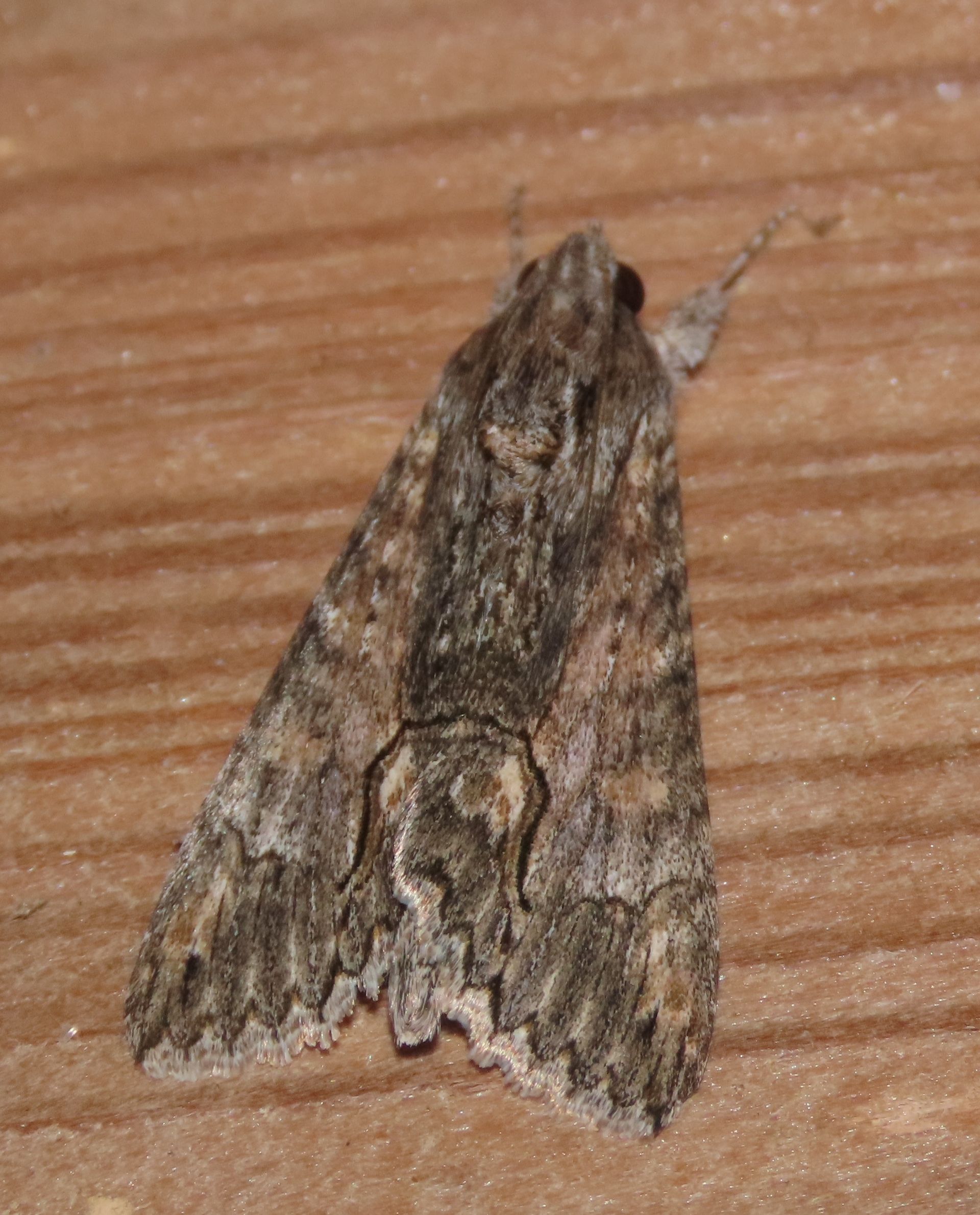
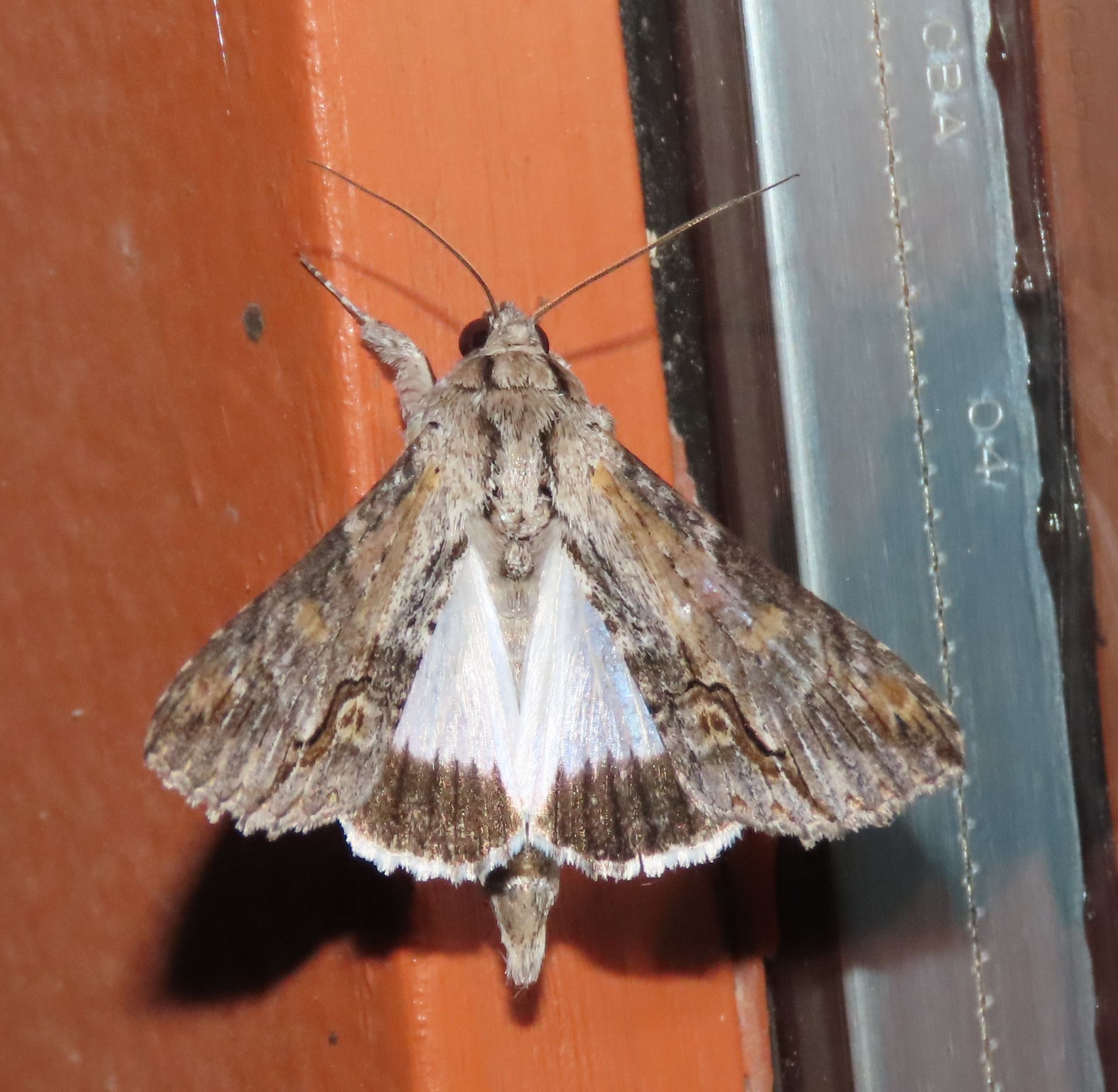
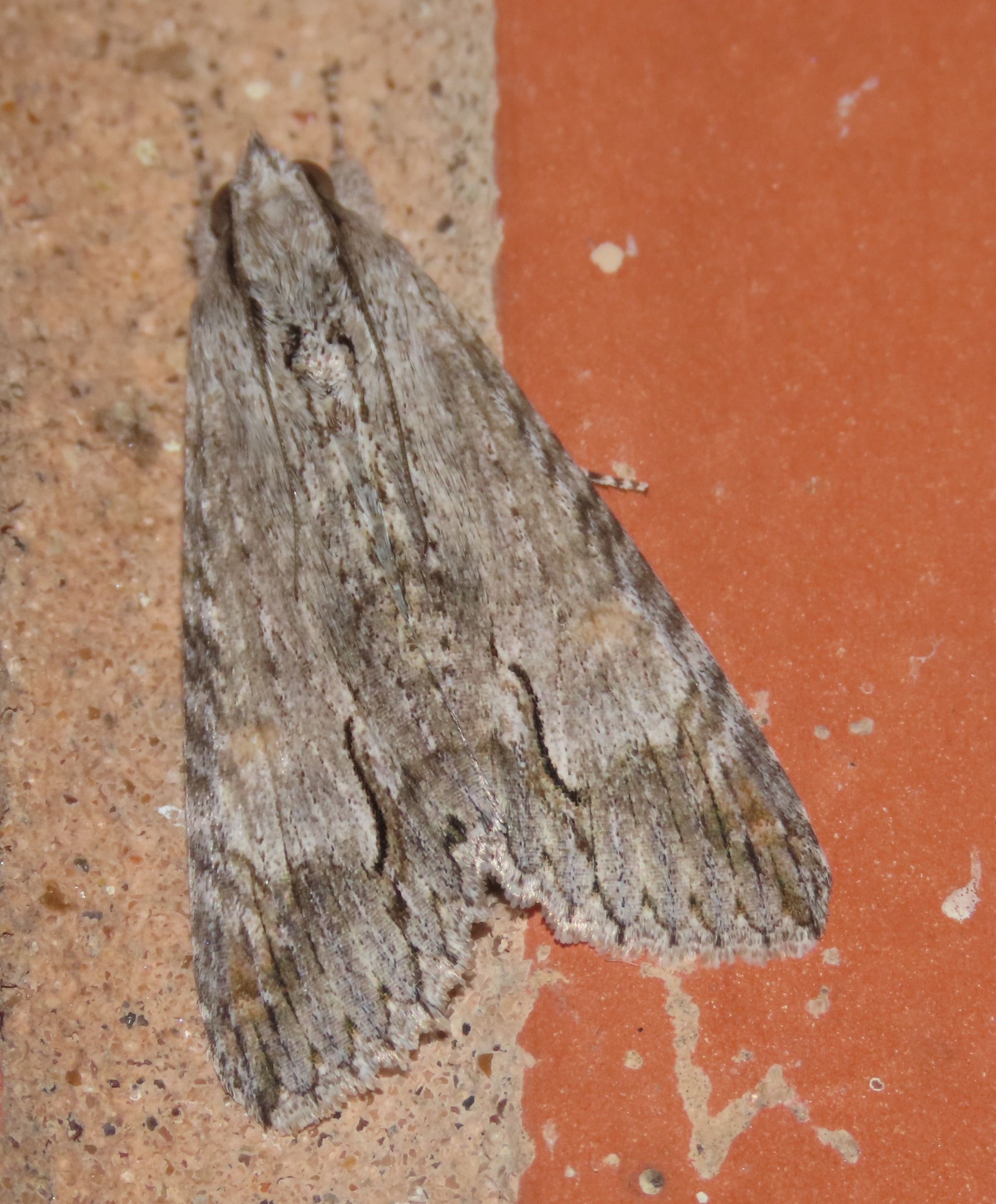
Royal Poinciana Graphic (Melipotis acontioides)
Large for a graphic, and very variable from mottled dark brown to gray, but in all "plumages" shows the S-shaped thin dashes on the inner margins of the forewings, reminiscent of the sound holes of a violin. Recorded March - May, and August - January.
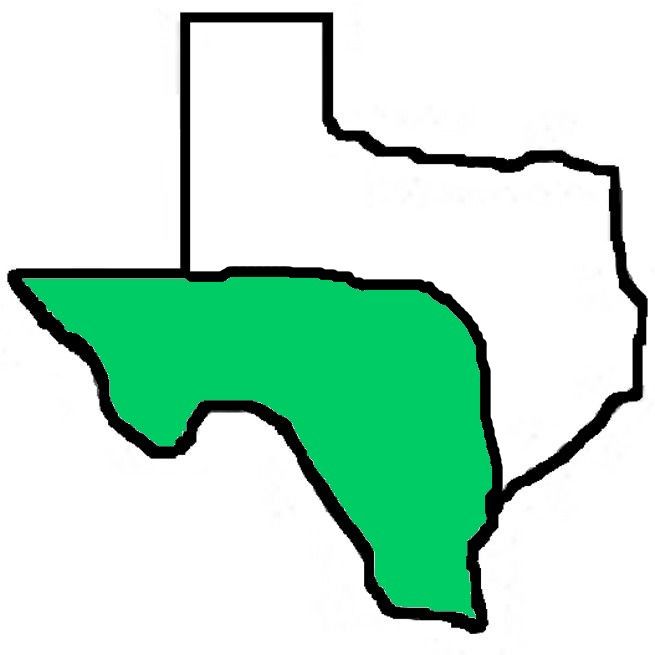
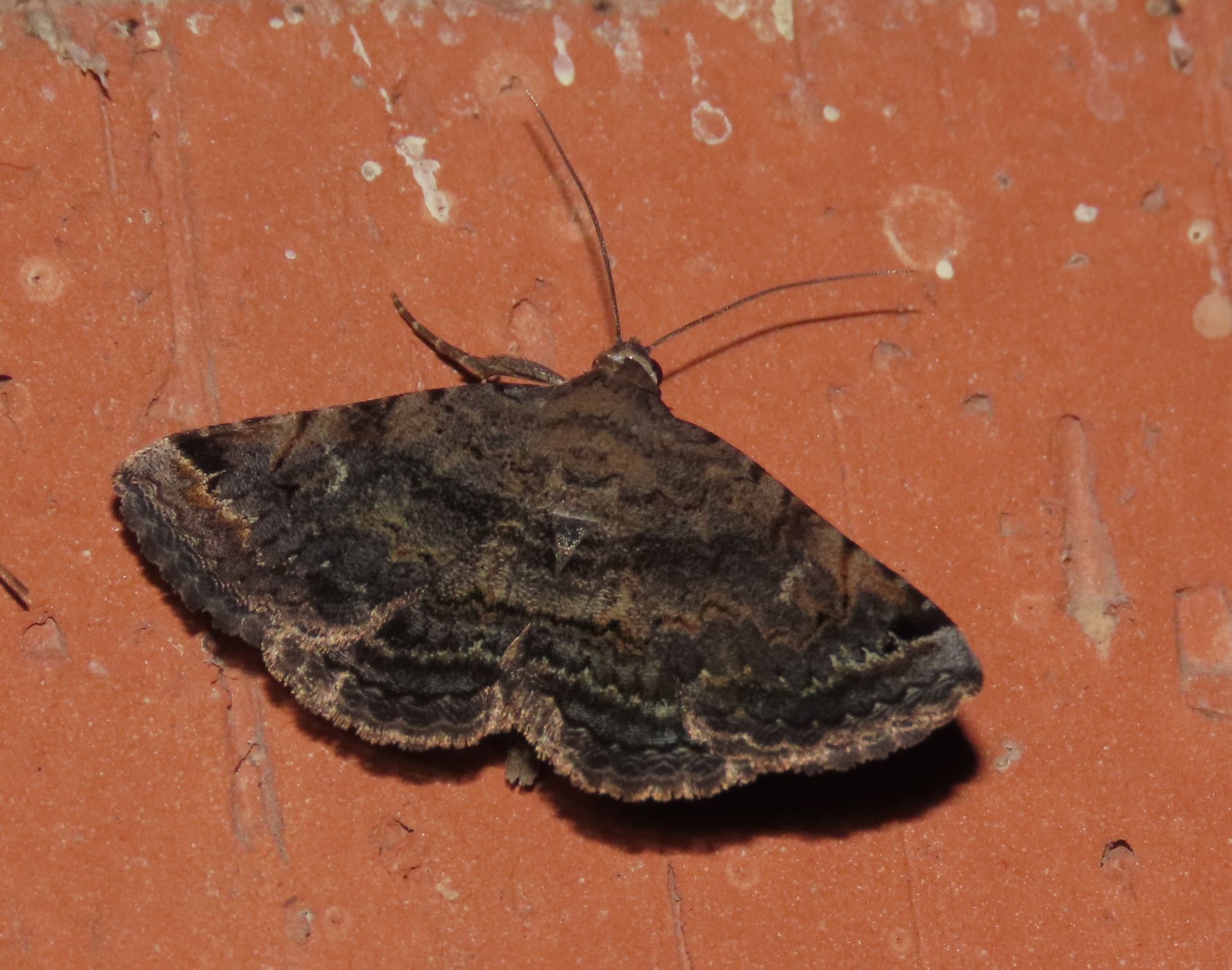
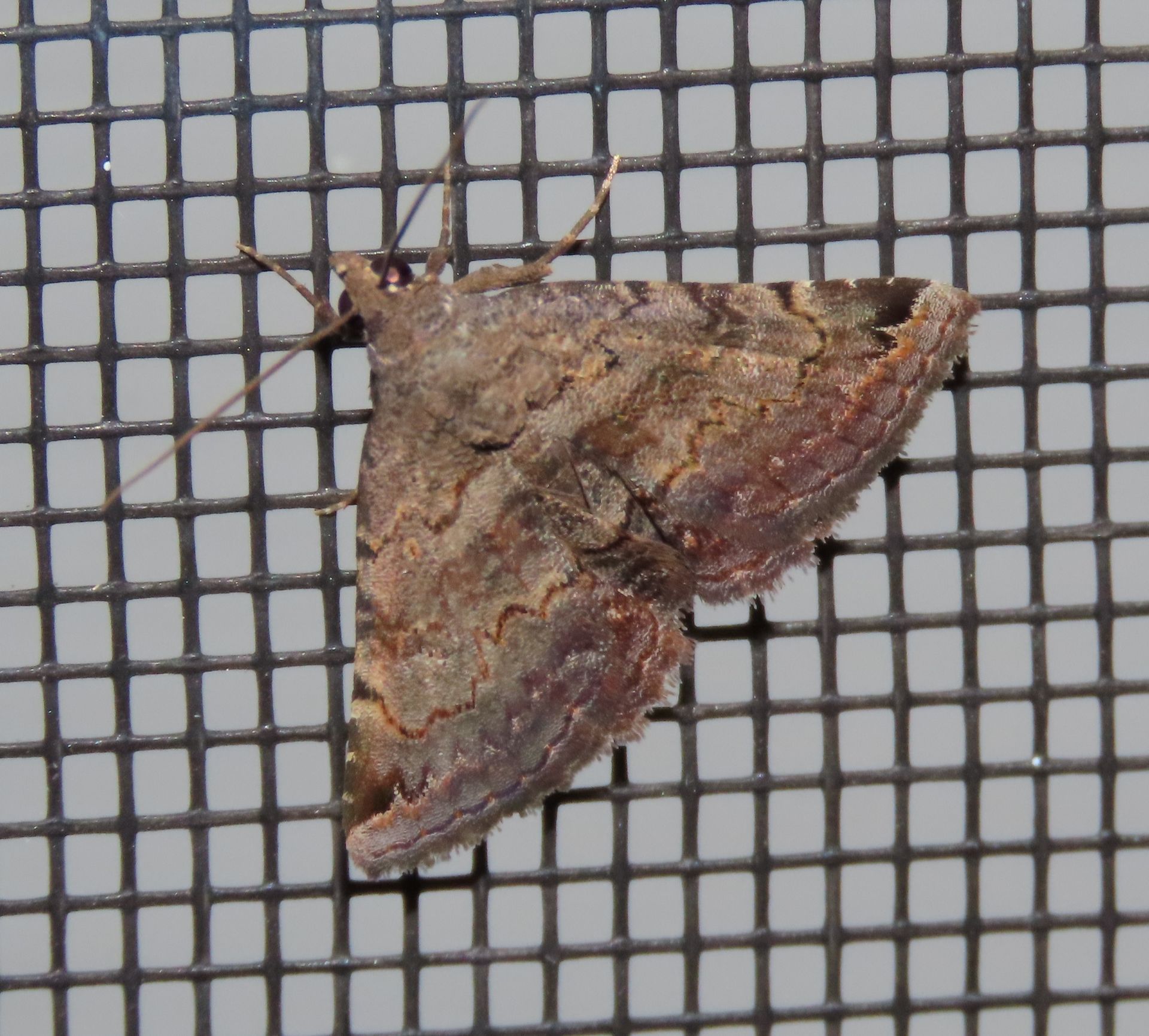
Cruel Toxonprucha (Toxonprucha crudelis)
A small member of the group of owlets known as Underwings. Variable, but always has a dark, contrasting median band and a black spot near the lower tip of the forewing, bordered by silver below. Some individuals appear almost violet in the ST area. Recorded February - November.



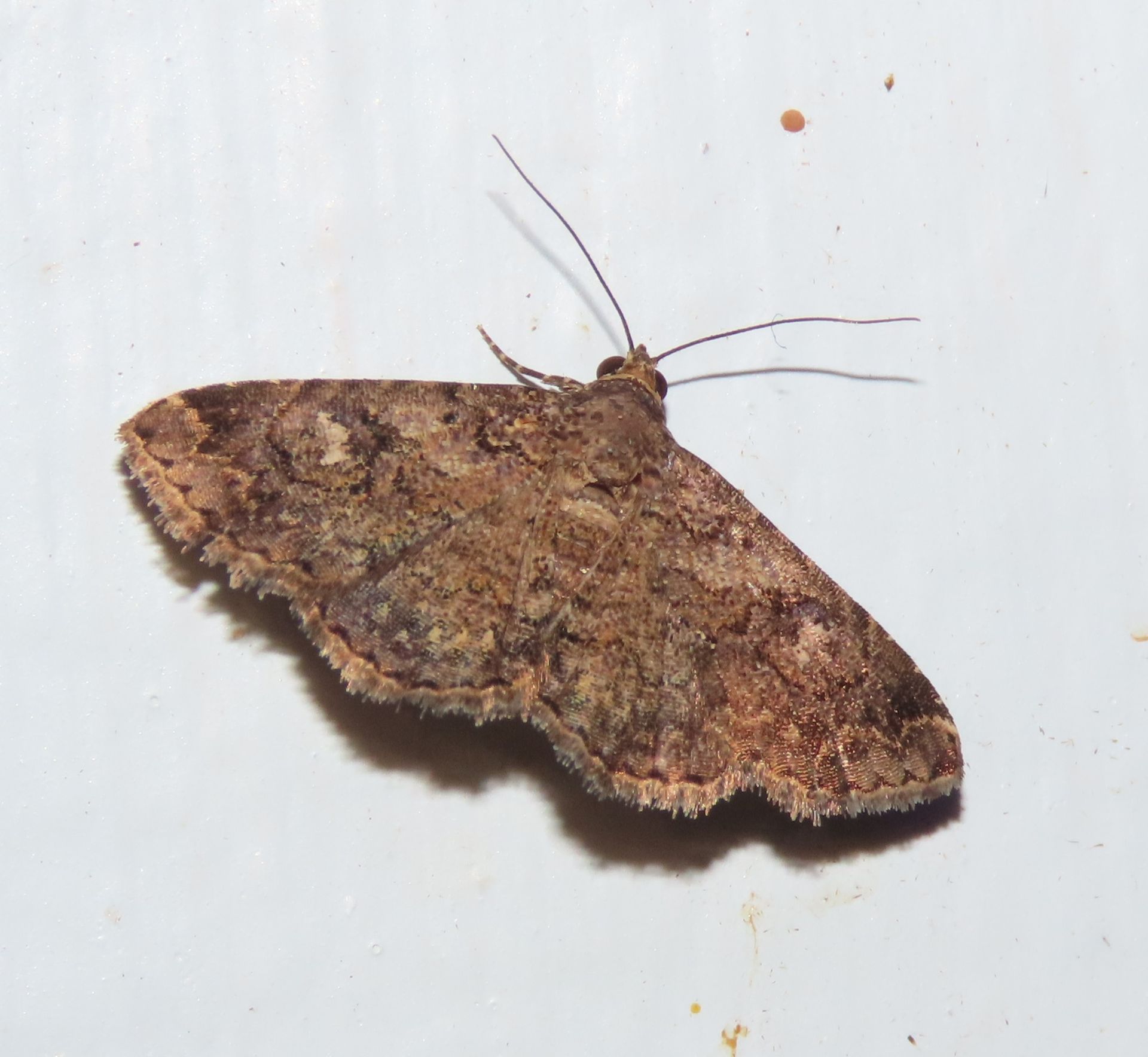
Excavated Toxonprucha (Toxonprucha excavata)
This very common underwing has a contrasting pale AM line (the opposite of the Cruel) and a white bean-shaped reniform spot surrounded by a bulging PM line. The jagged ST line can be very obvious when fresh. Even when worn, the reniform spot and paler AM line usually stand out. Recorded March to December.

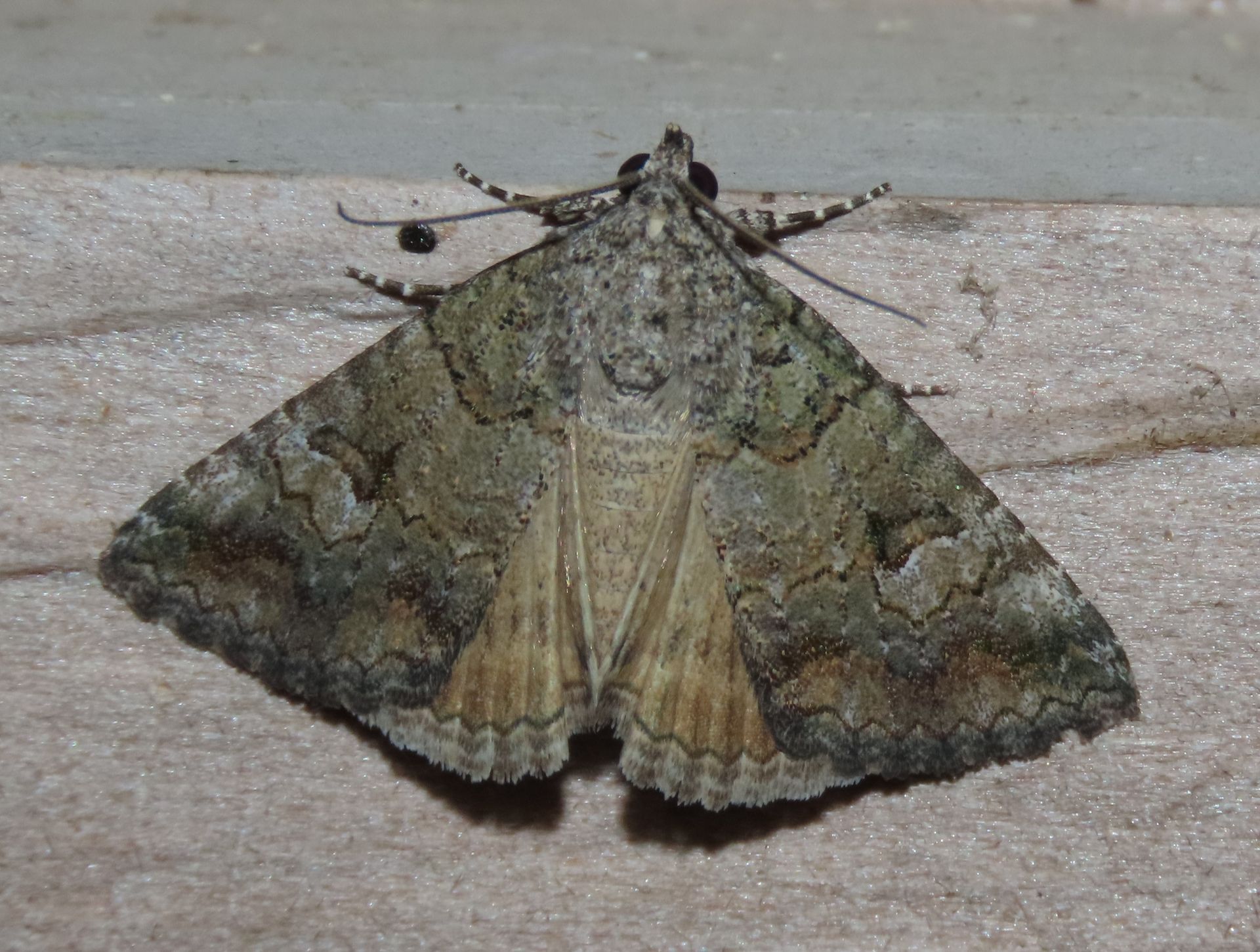
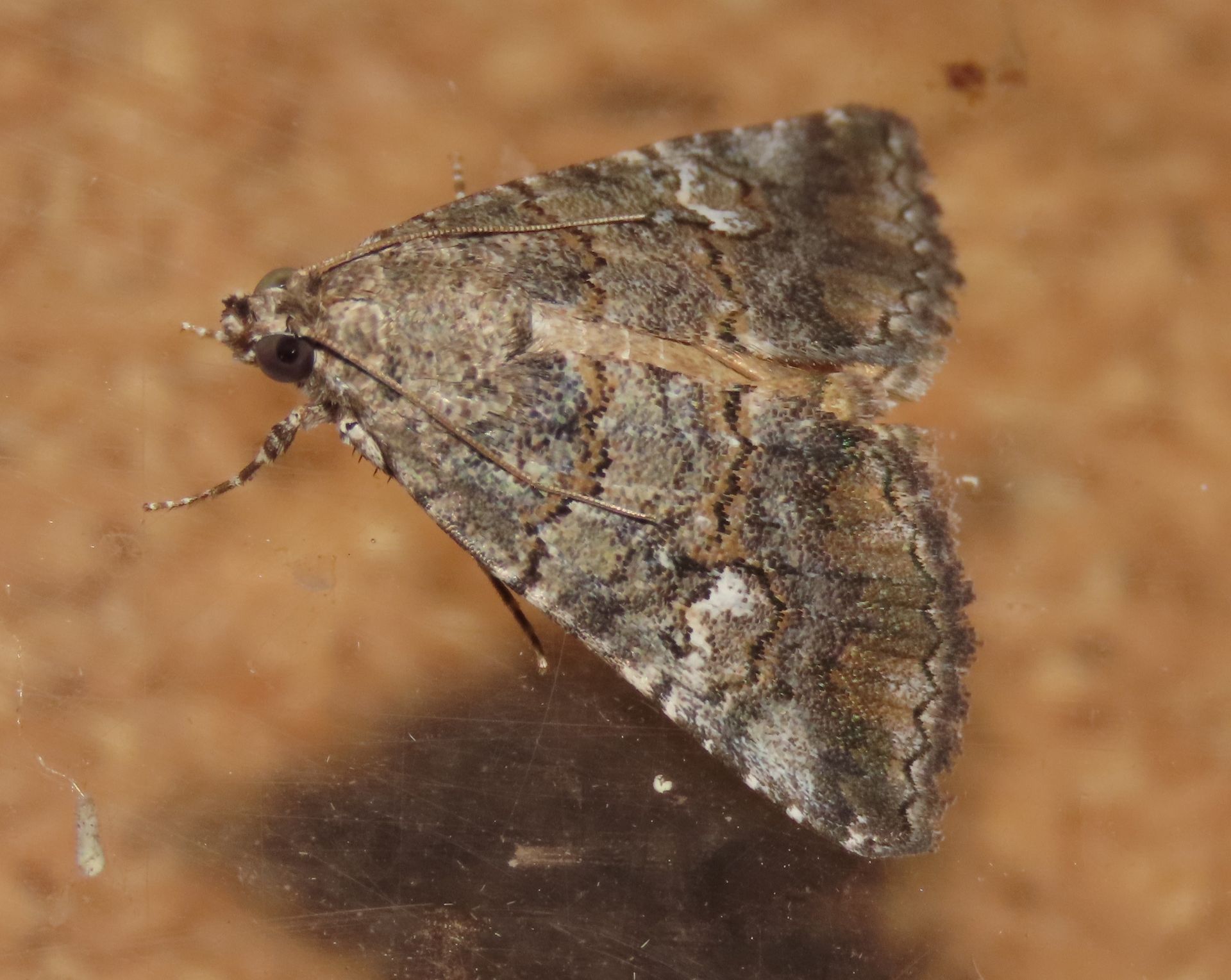
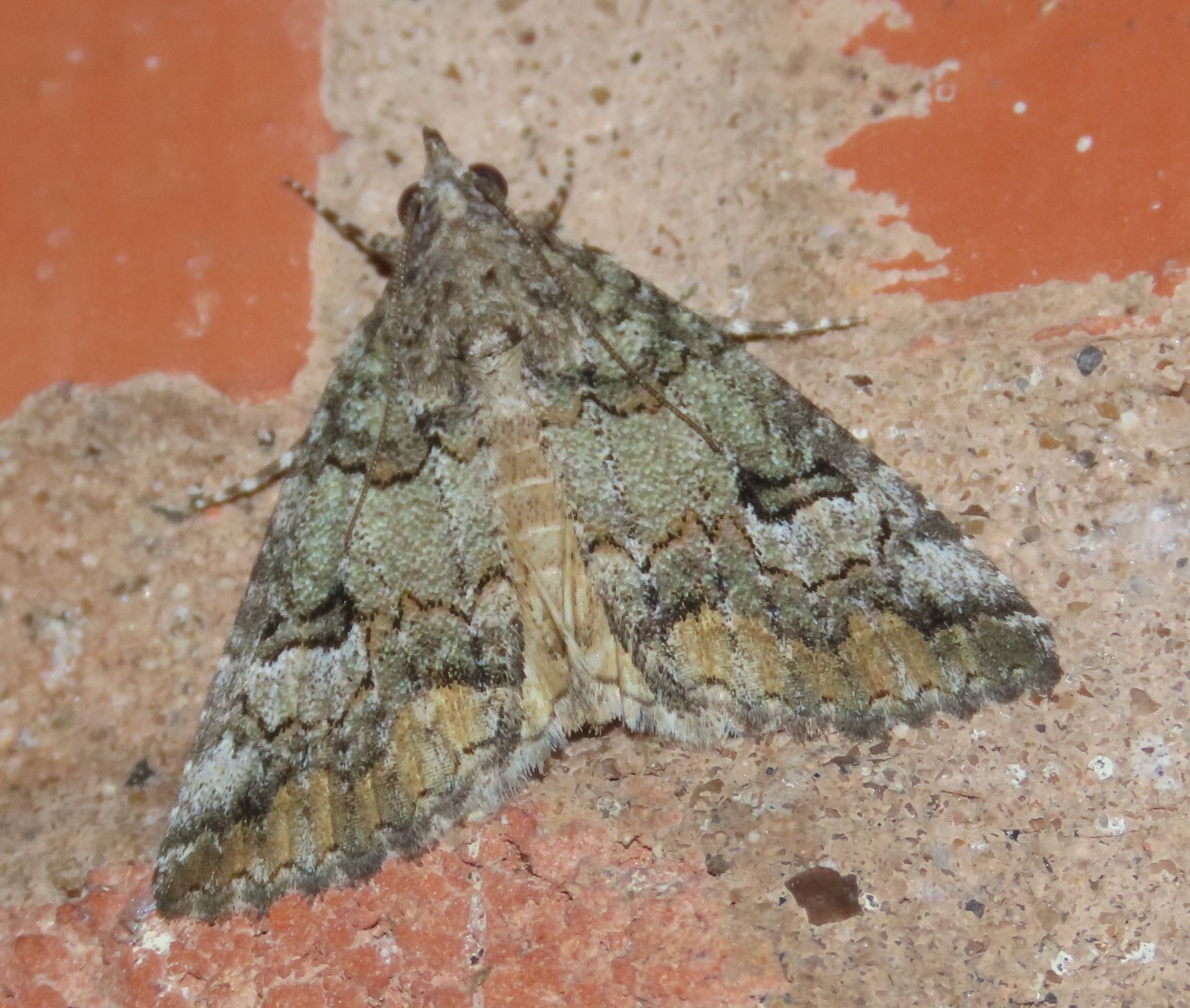
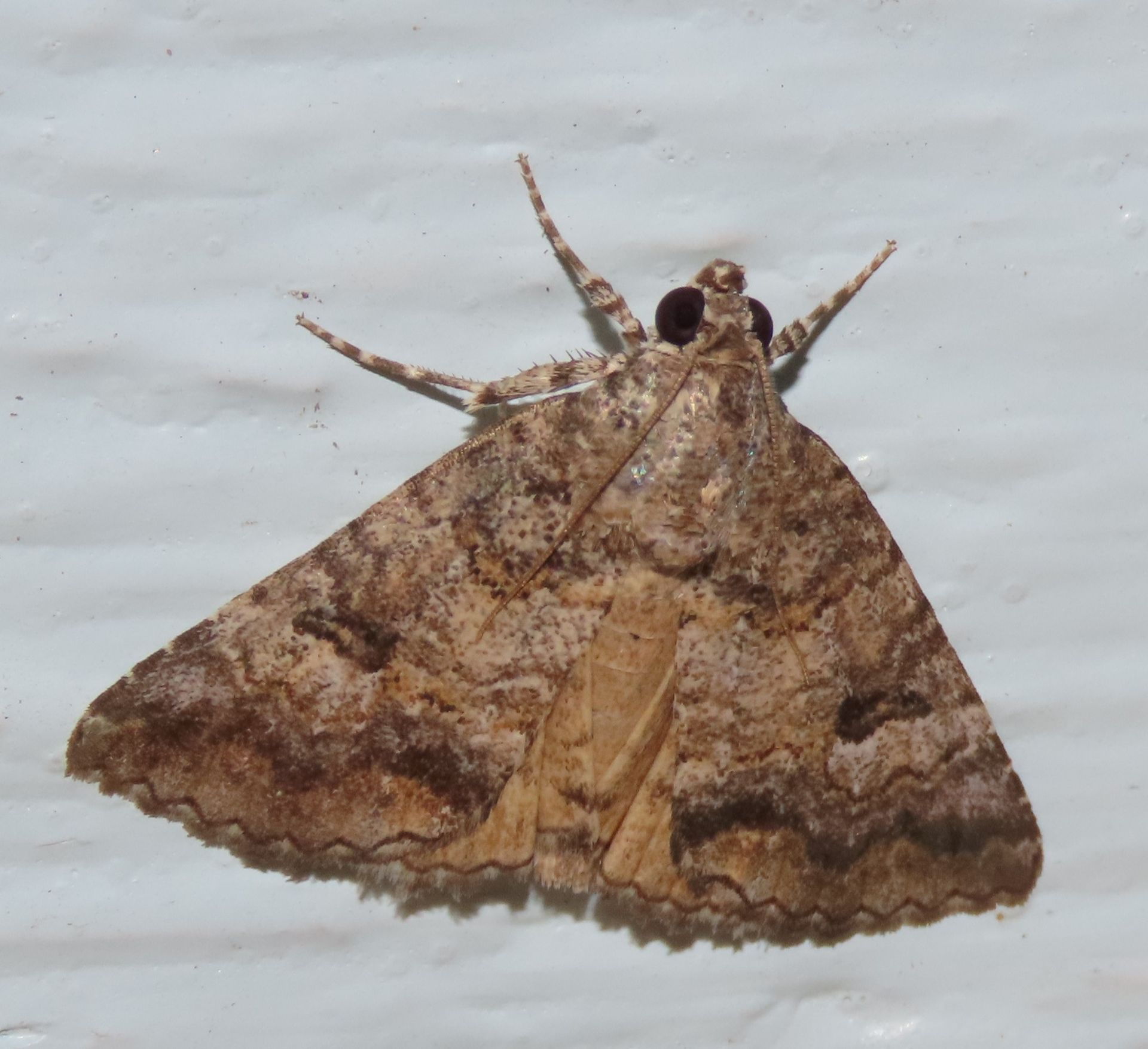
Impartial Eubolina (Eubolina impartialis)
This can be a tricky moth to ID, but look for the wavy brown AM and PM lines outlined in black (the PM line may be duller in some bugs), and the hollow bean-shaped reniform spot often with a large whitish area sitting below it. The terminal area is sometimes paler, bordered by a darker band. Many bugs are tinged greenish. Hindwings are tan. Recorded February - November.
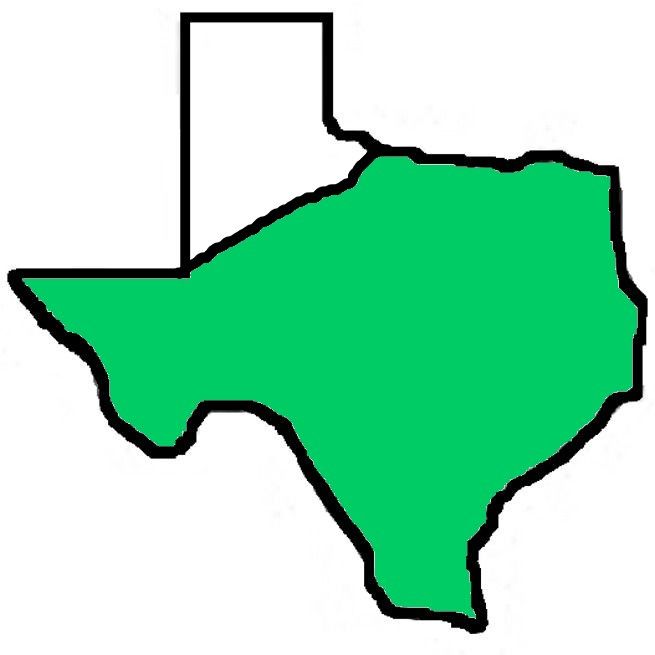
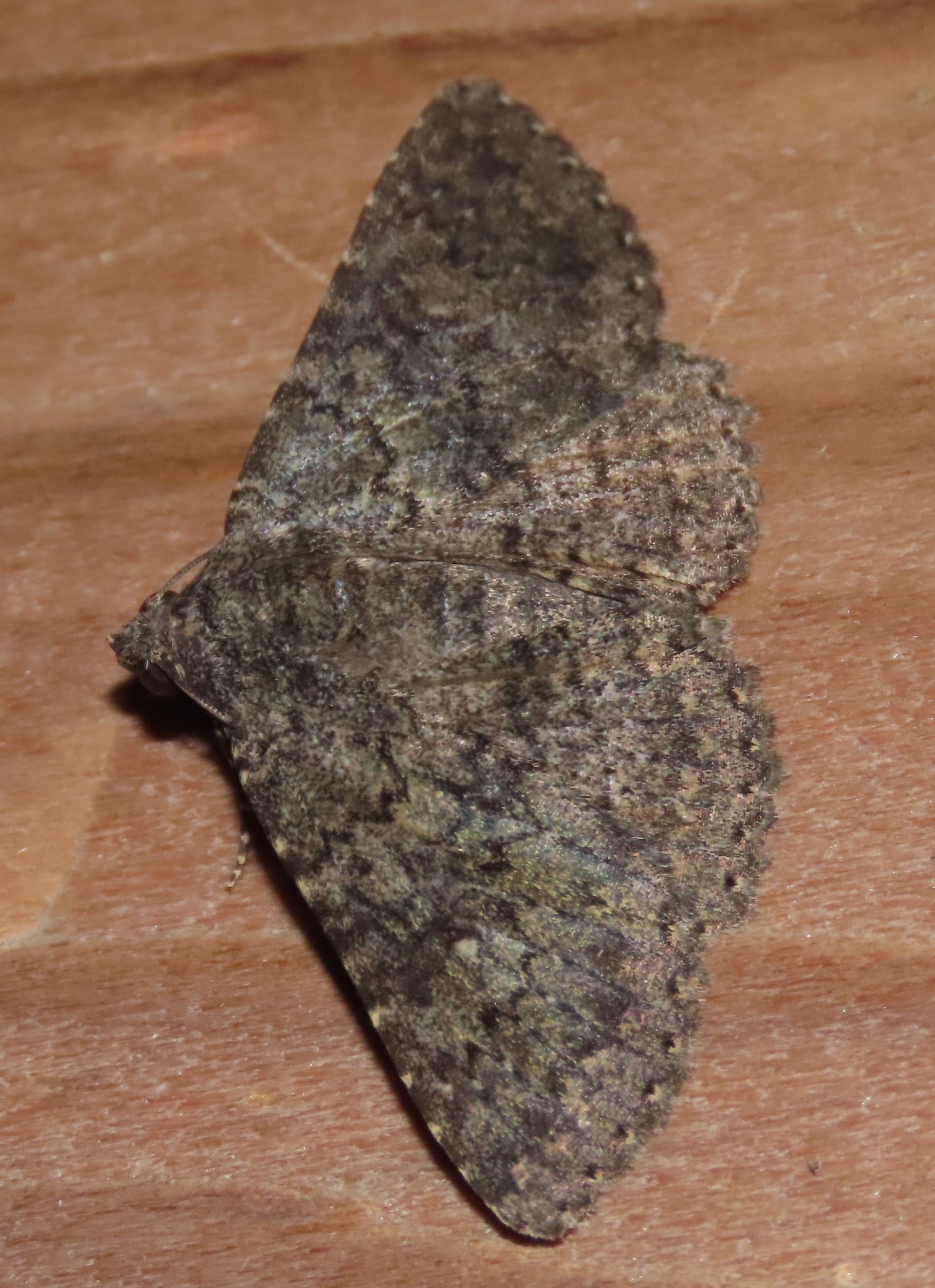
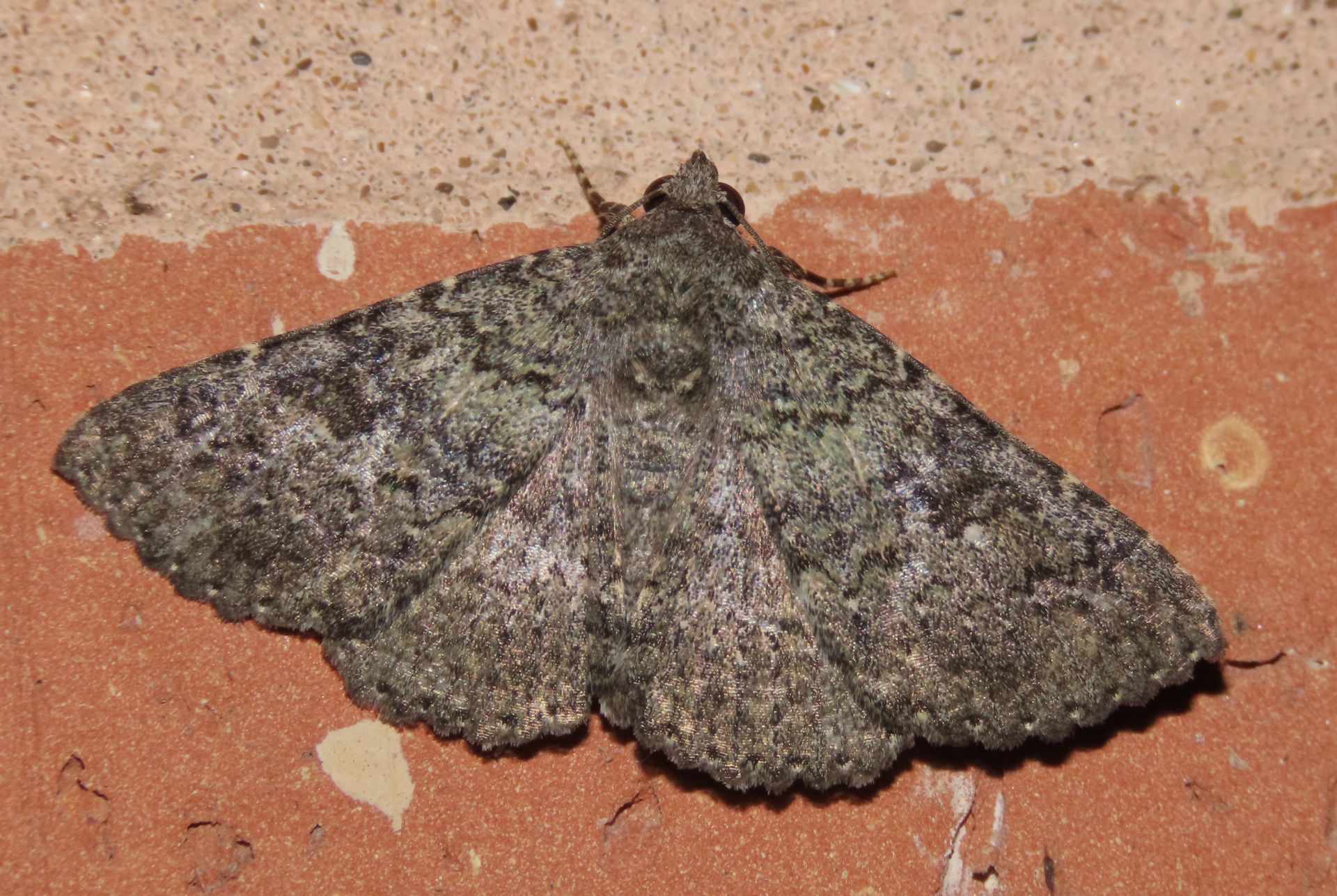
Obscure Matigramma (Matigramma obscurior)
A relatively large underwing, this species is described in the literature as the "darkest and most evenly colored of the Matigramma species." Look for the white checkers along the costa, and the small white dots that make up the terminal line. Some individuals have a greenish cast. Recorded February - December.
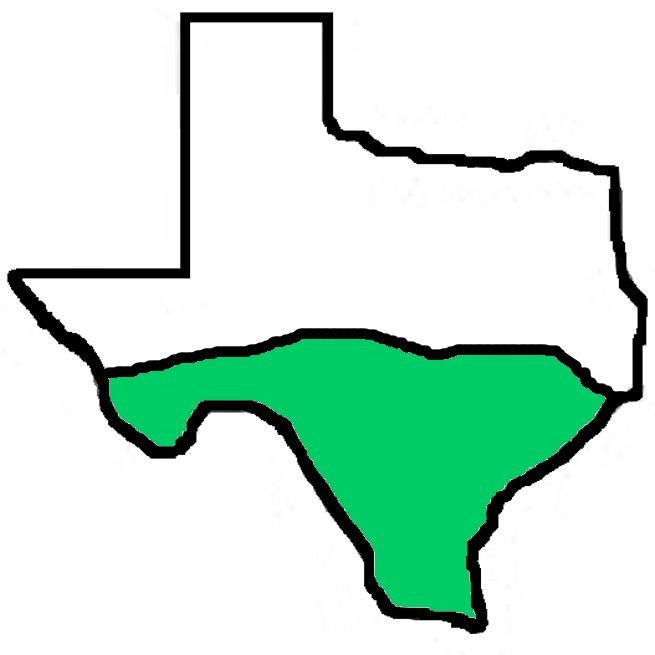
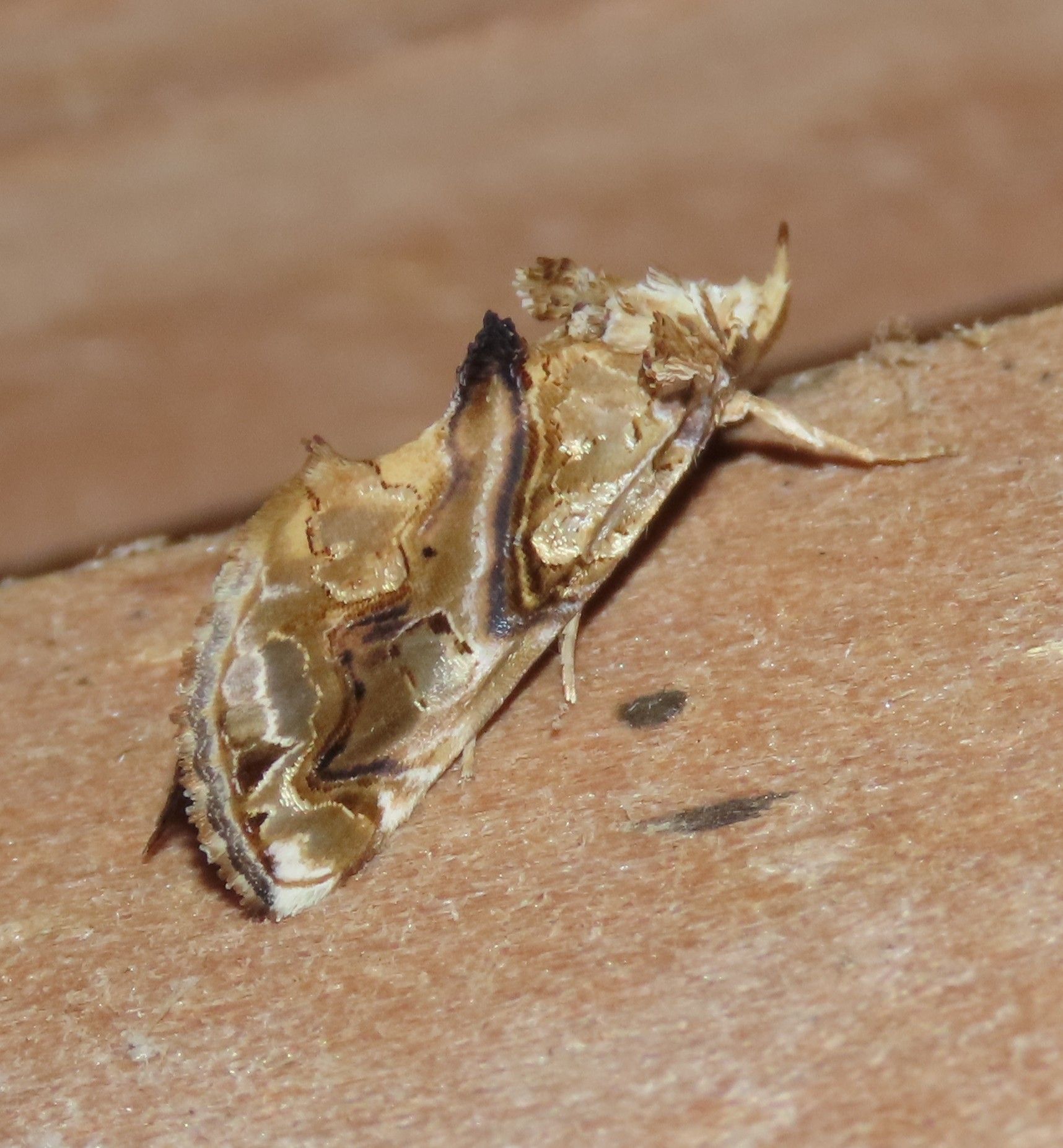
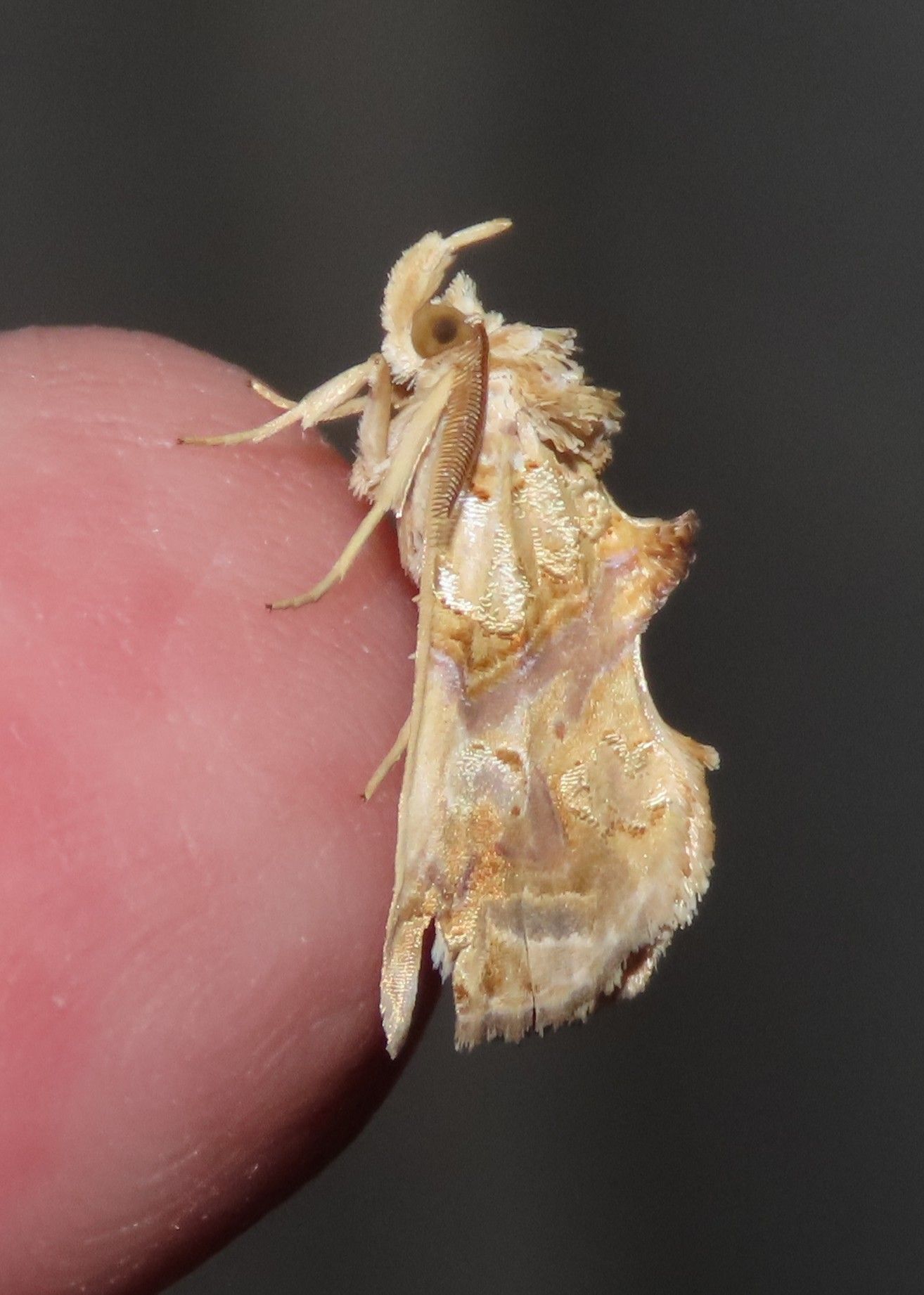
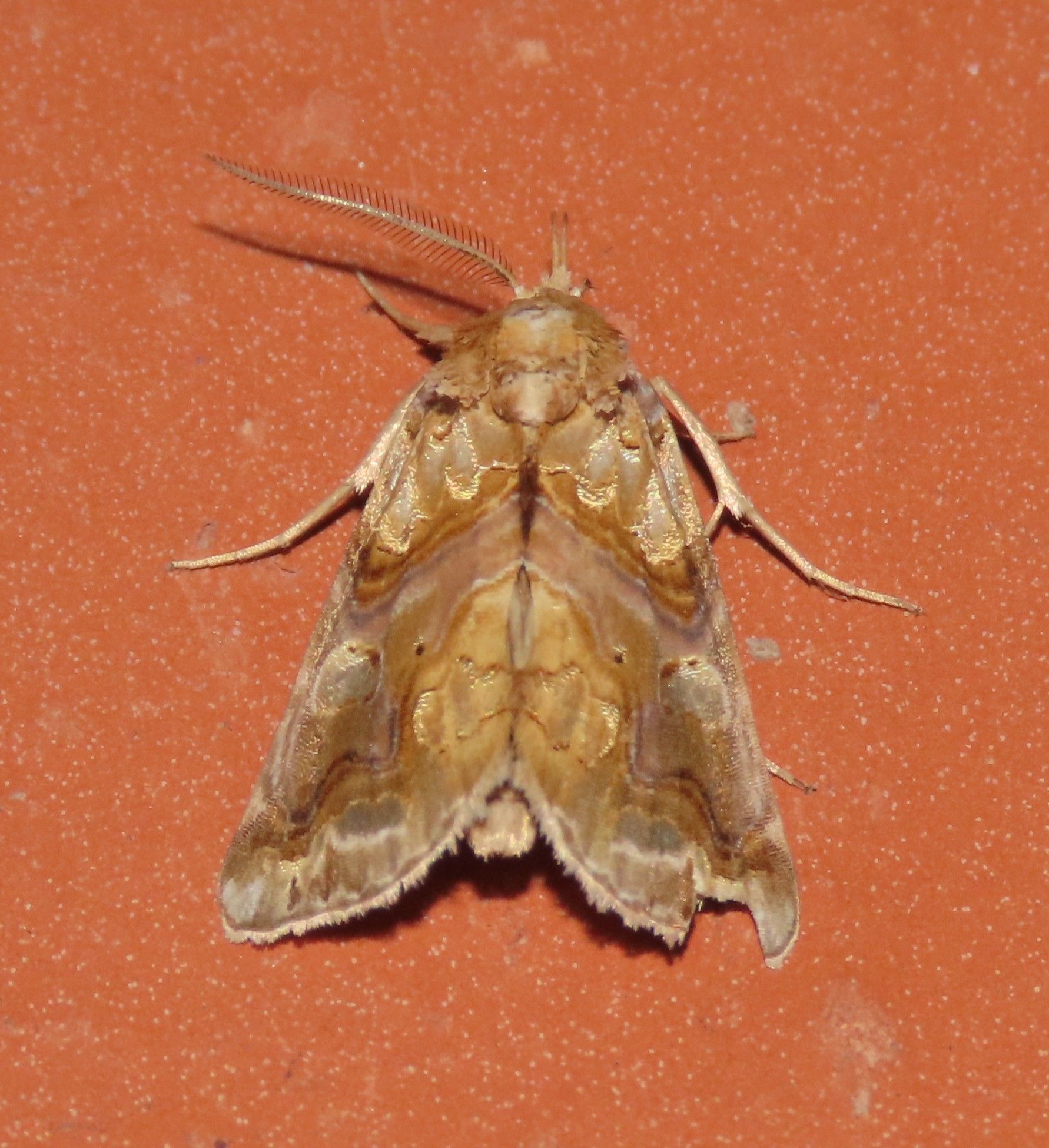
Moonseed Moth (Plusiodonta compressipalpis)
This unmistakable little moth is almost dinosaurian in appearance, with its hornlike, upturned palps and tufted scales along its back! When fresh, the contrasting multi-striped PM line and reniform spots form a lovely, abstract pattern. Recorded year round.
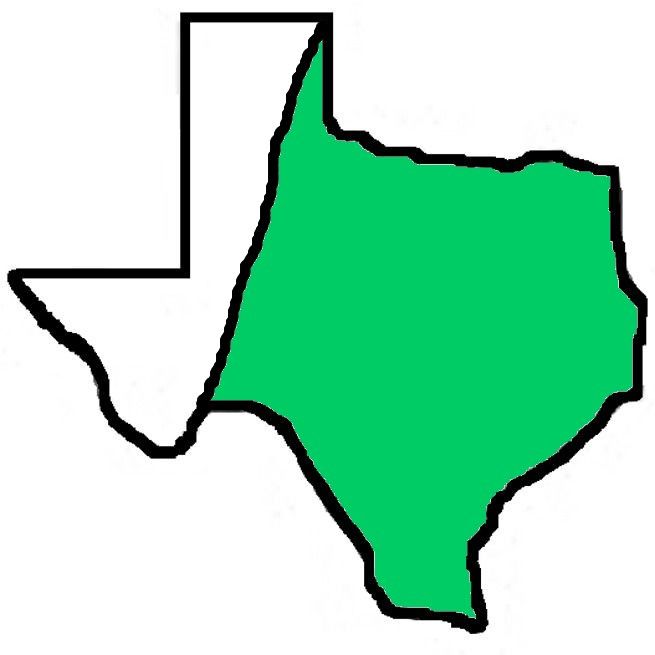
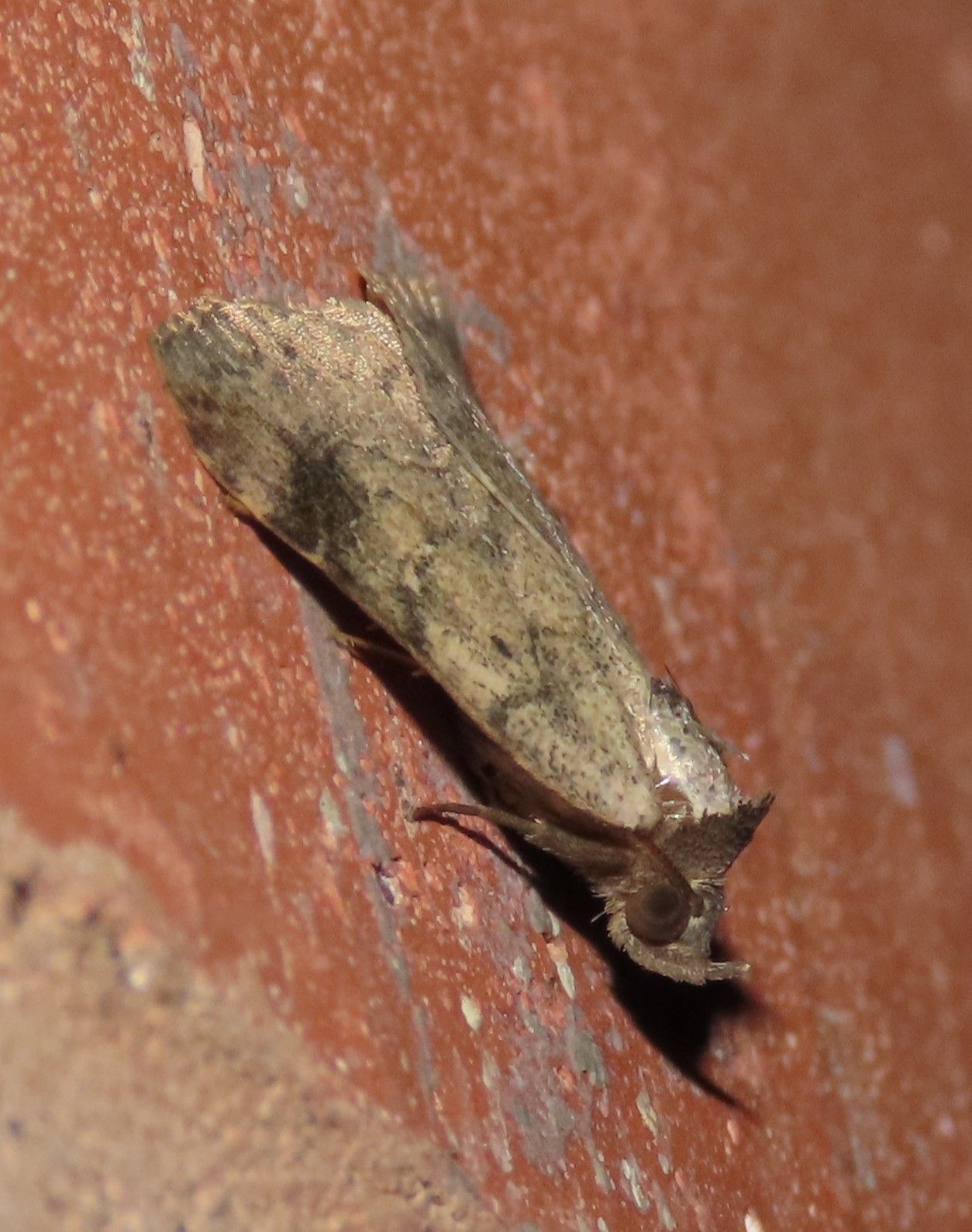
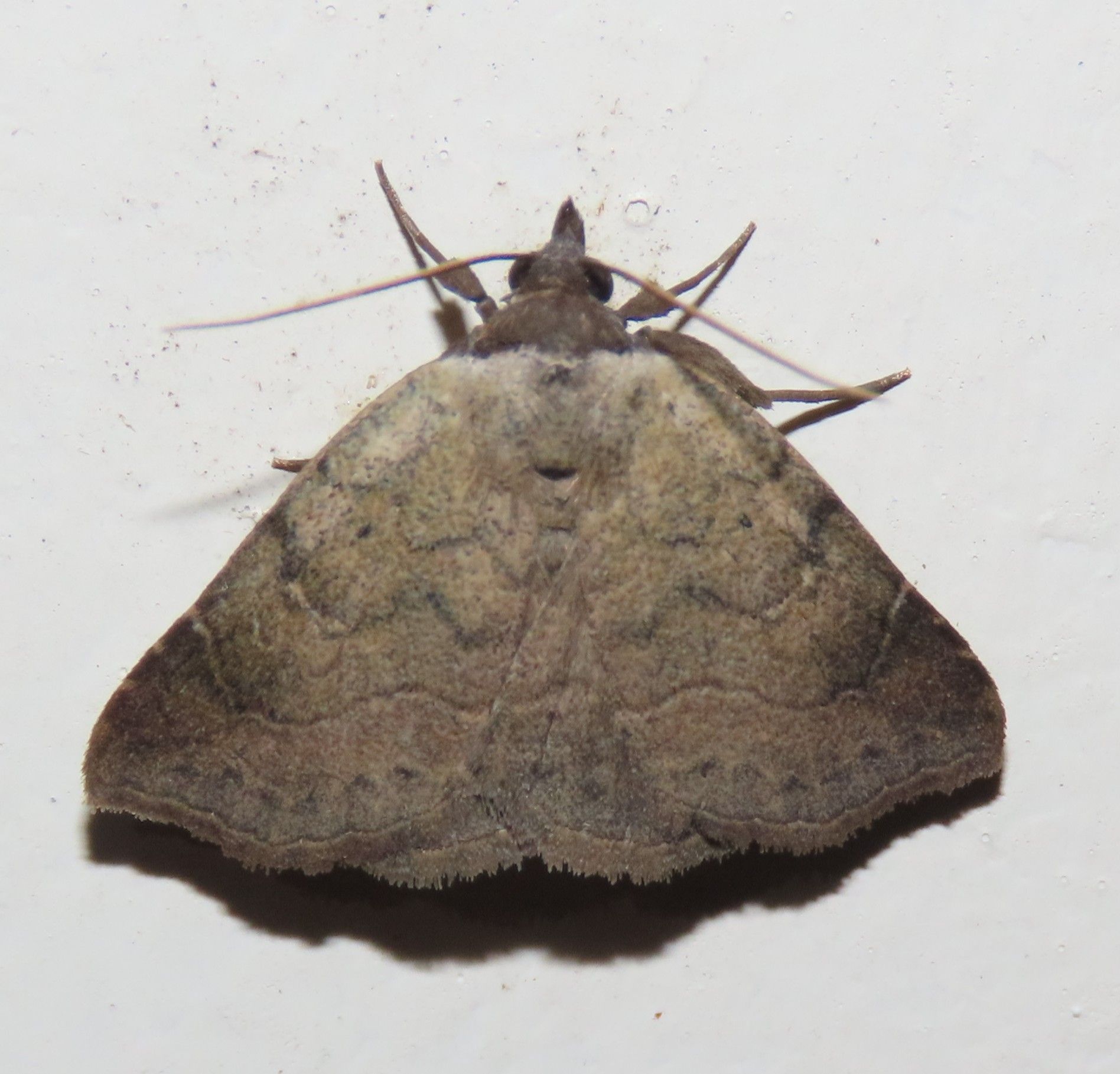
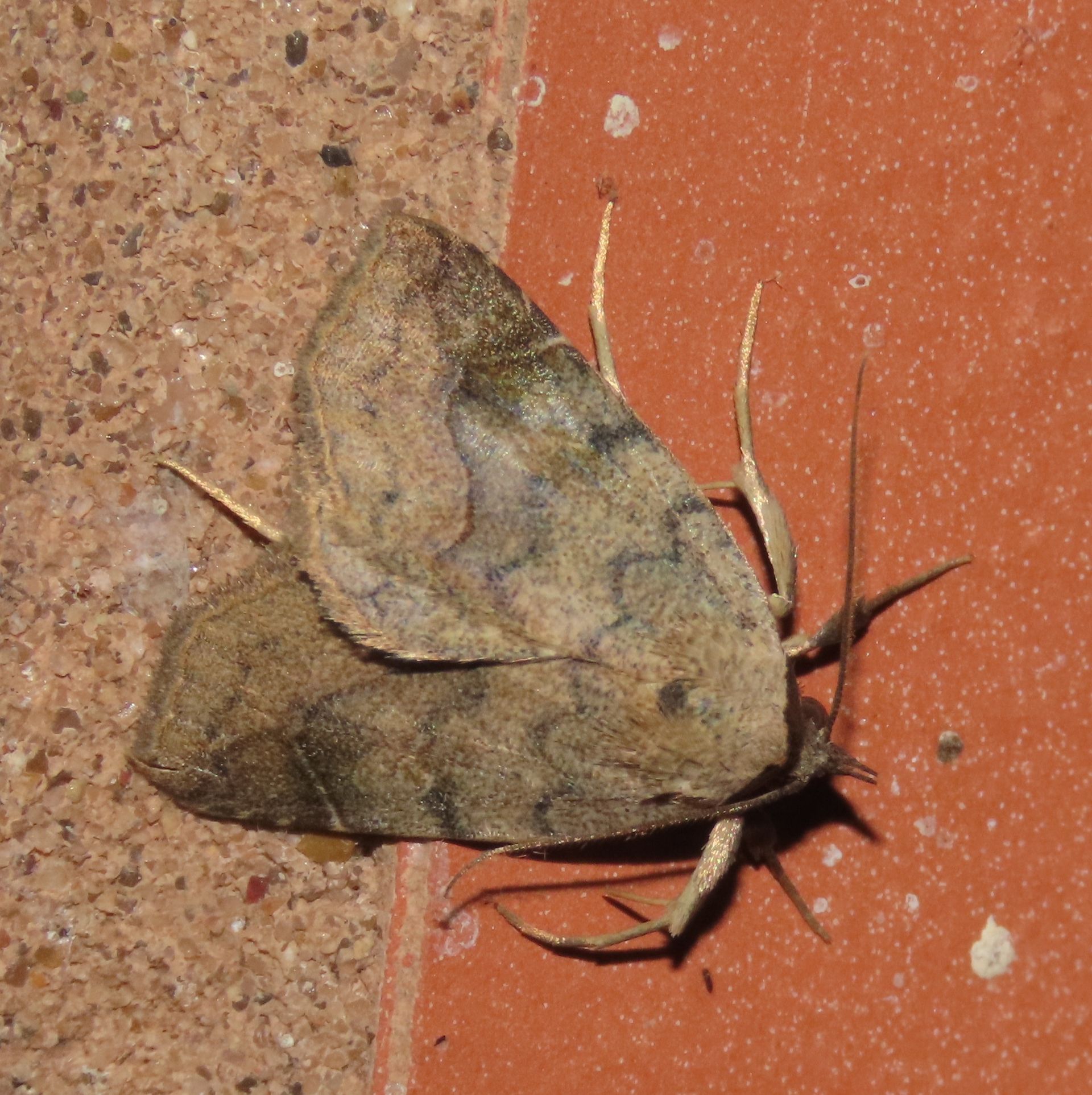
Texas Owlet (Isogona texana)
A tawny, "cape-shaped" owlet with dark smudges on the outer edge of the forewing near the apex. The wavy AM, median, and PM lines may be obvious or nearly absent, and the head area is a contrasting dark brown. The upturned palps give it a "horned" appearance. Recorded February - December.
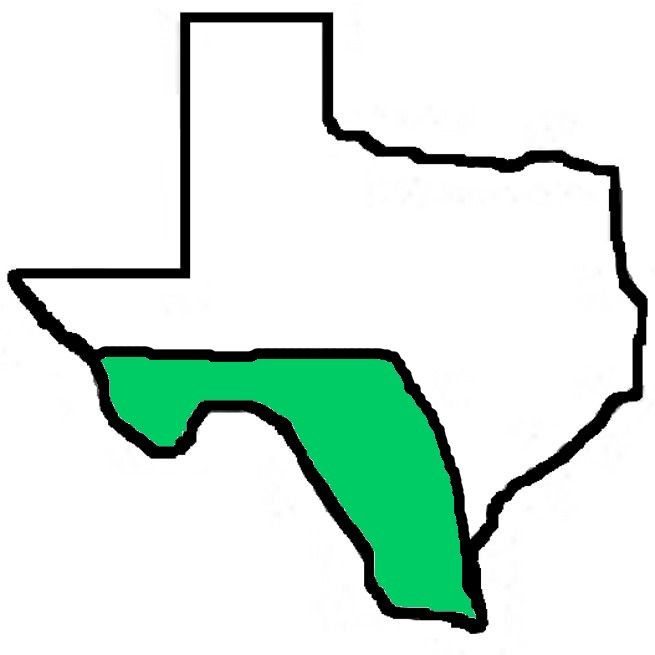

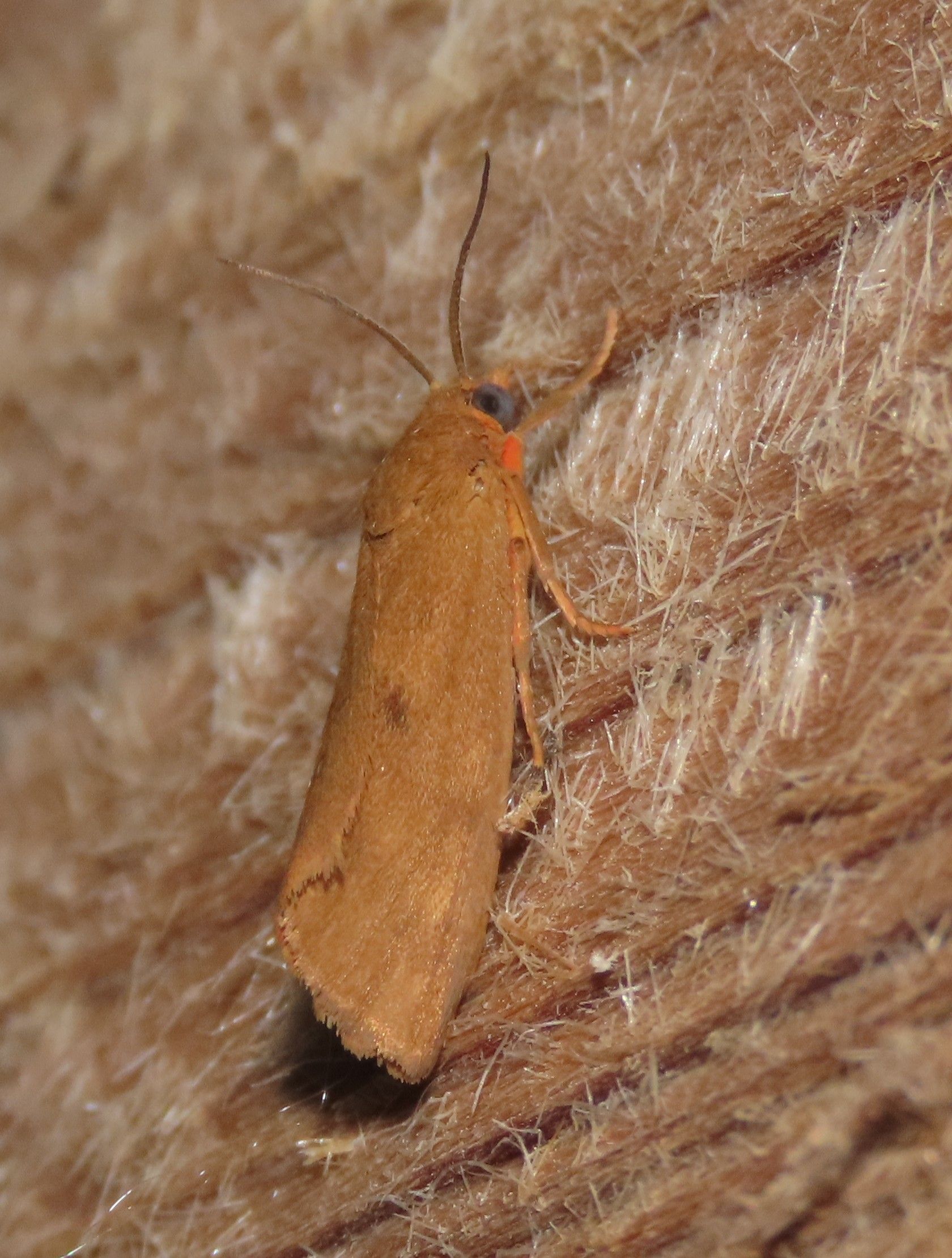

Orange Virbia (Virbia aurantiaca)
A small, rusty-colored tiger moth that is usually plain but can show some dark markings and even some white patches. The hindwings are striking orange with a thick black terminal band. Recorded January - June, with records in August and October.

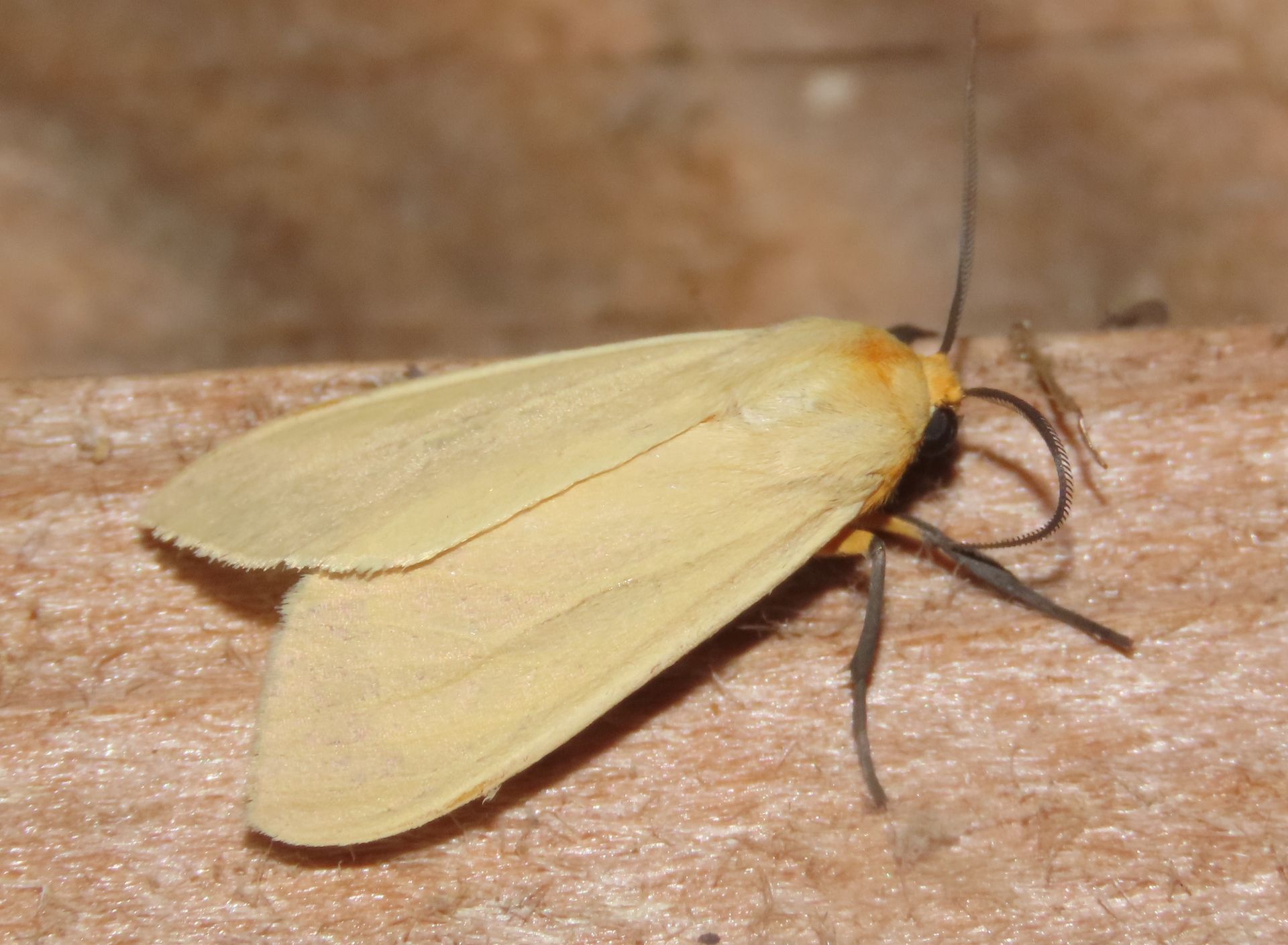
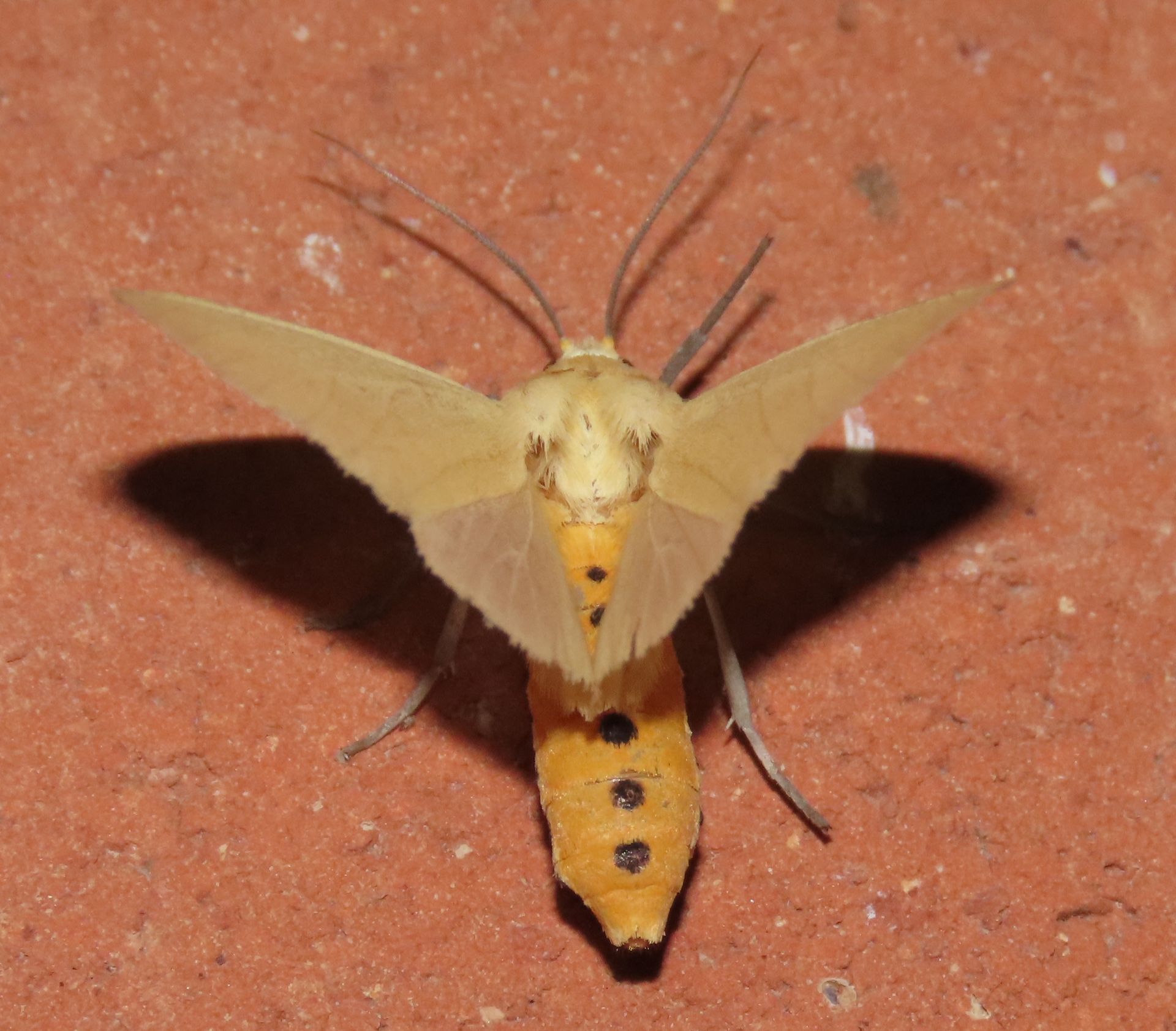
Yellow-winged Pareuchaetes (Pareuchaetes insulata)
An entirely yellow tiger moth with a brilliant orange abdomen, punctuated by black dots down the middle. Some worn individuals can appear almost white, but not as silky white as other LRGV tiger moths. Recorded January - July, with records in September and November.

